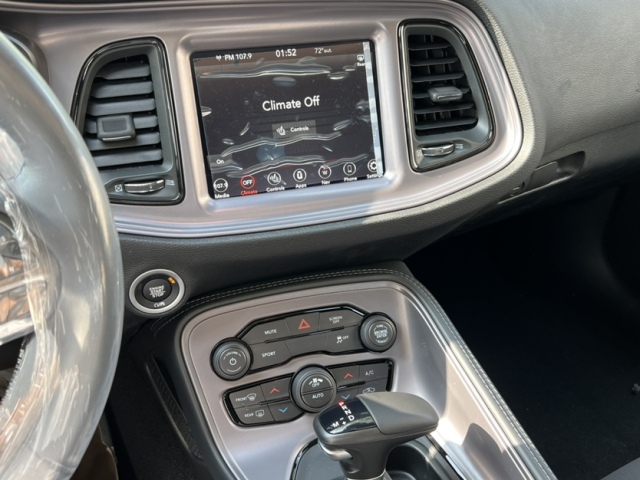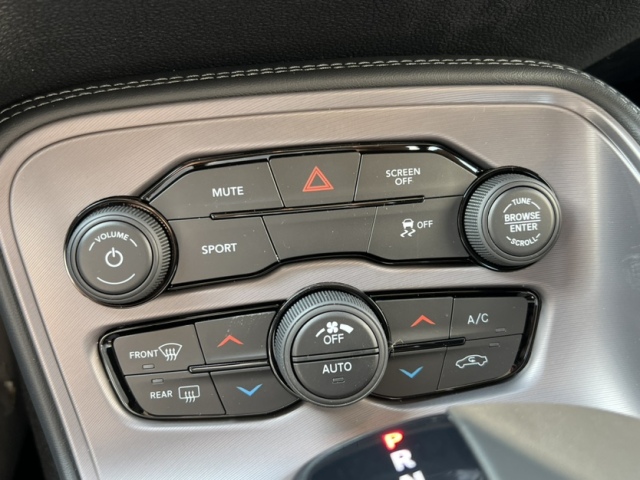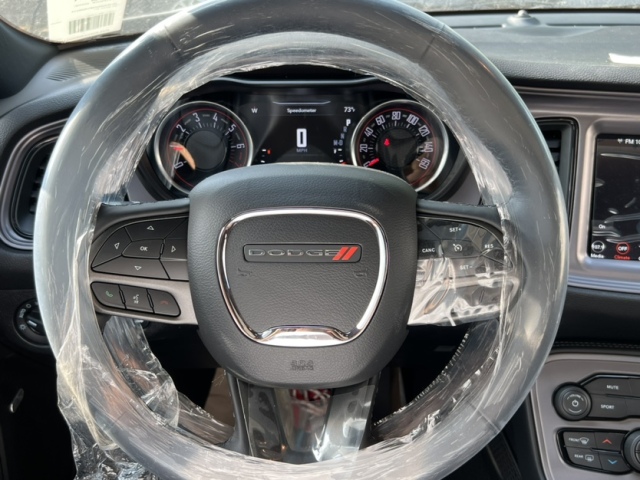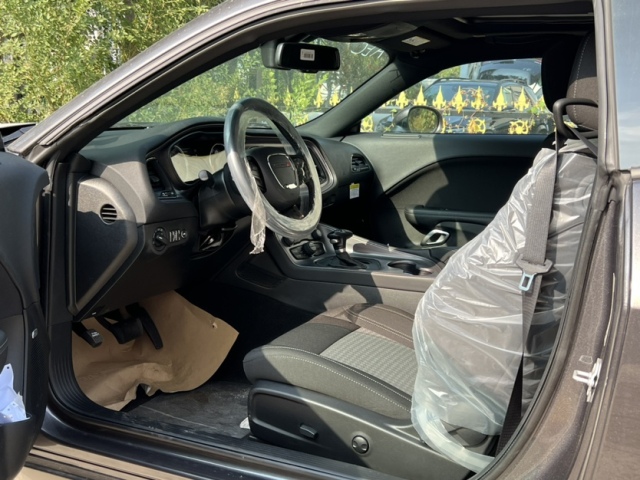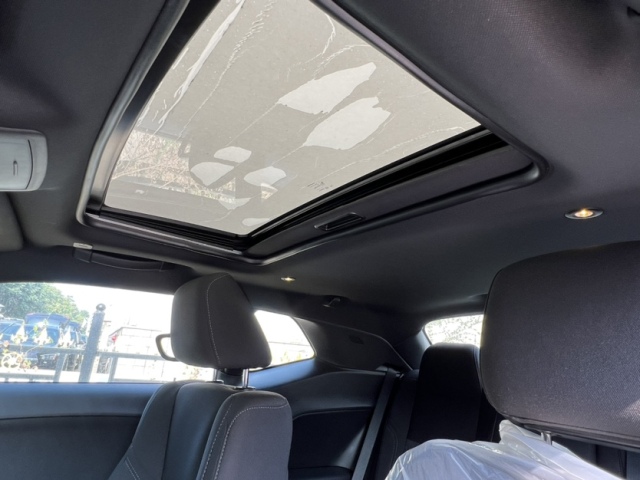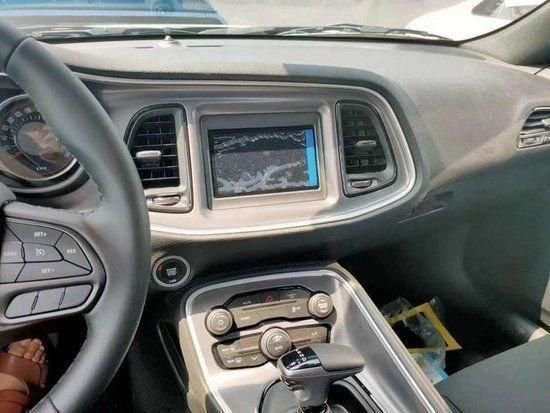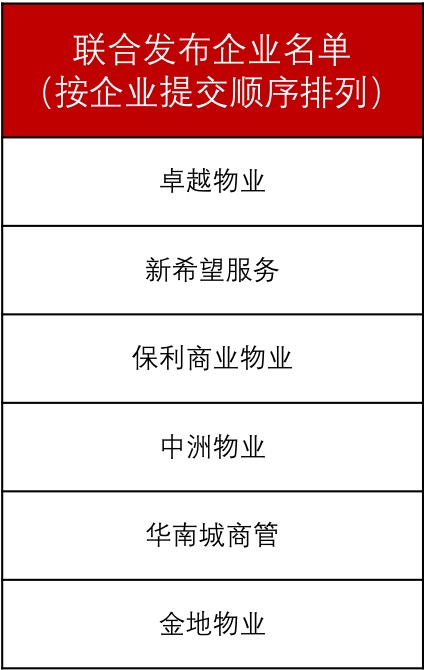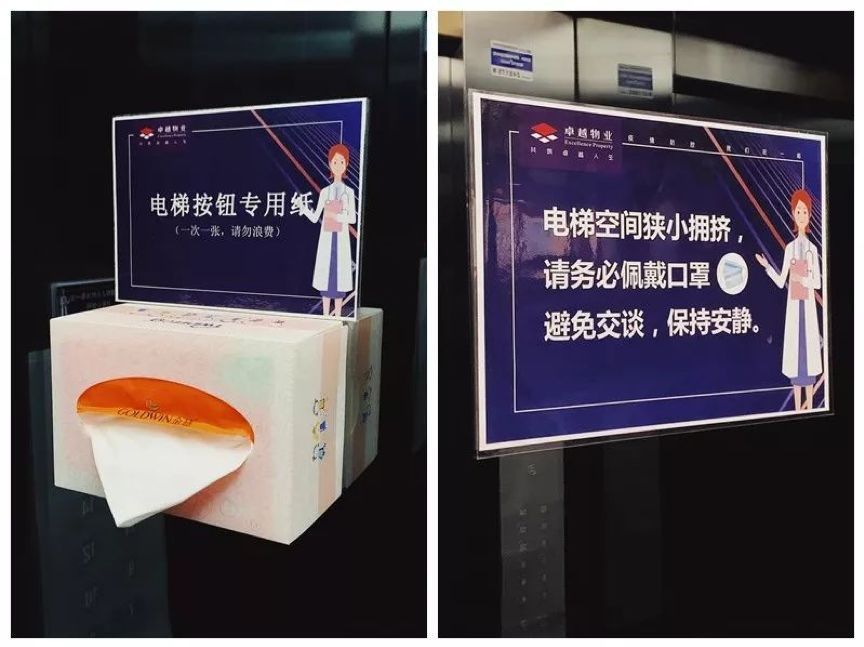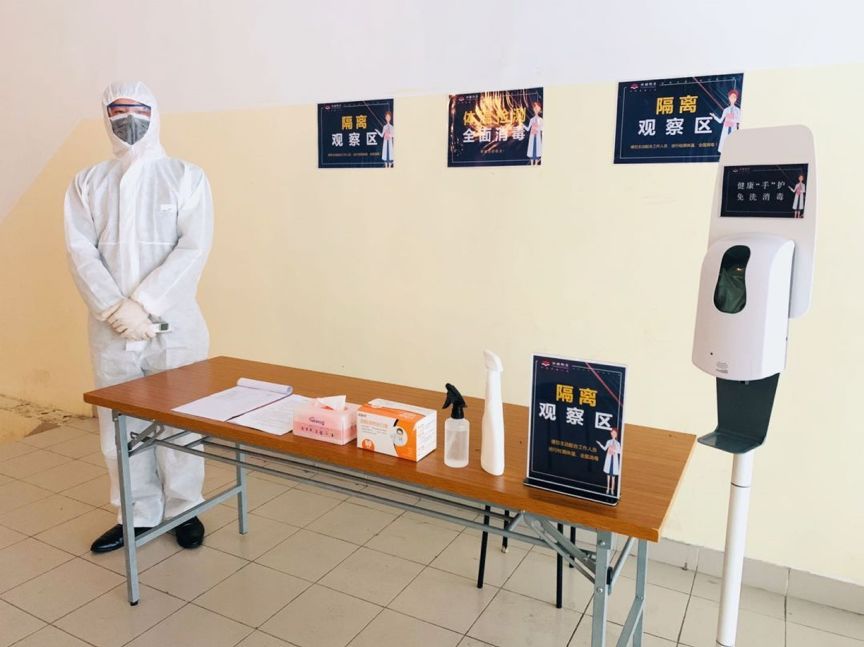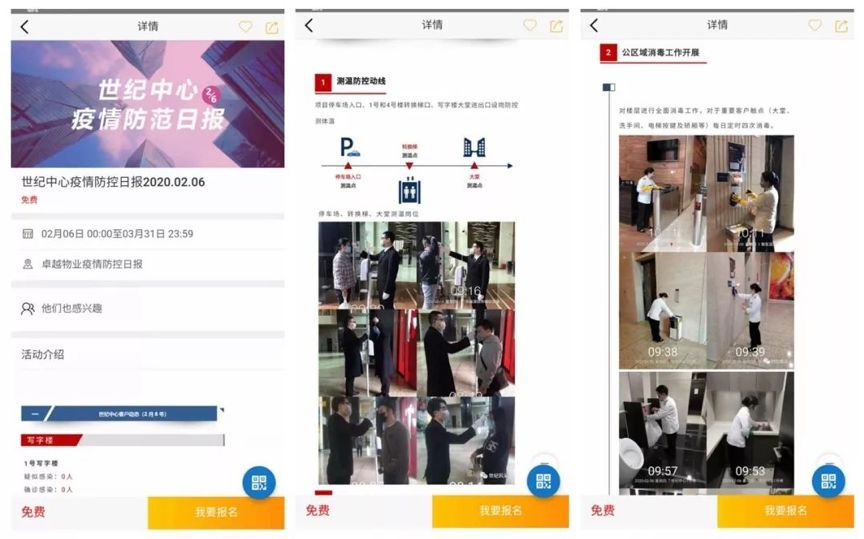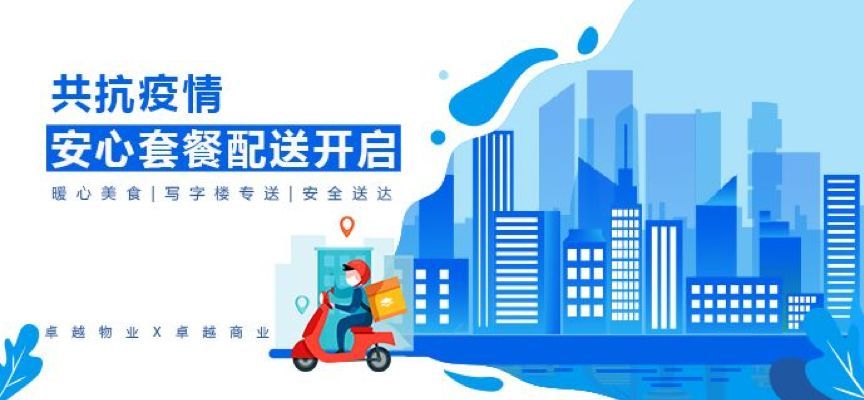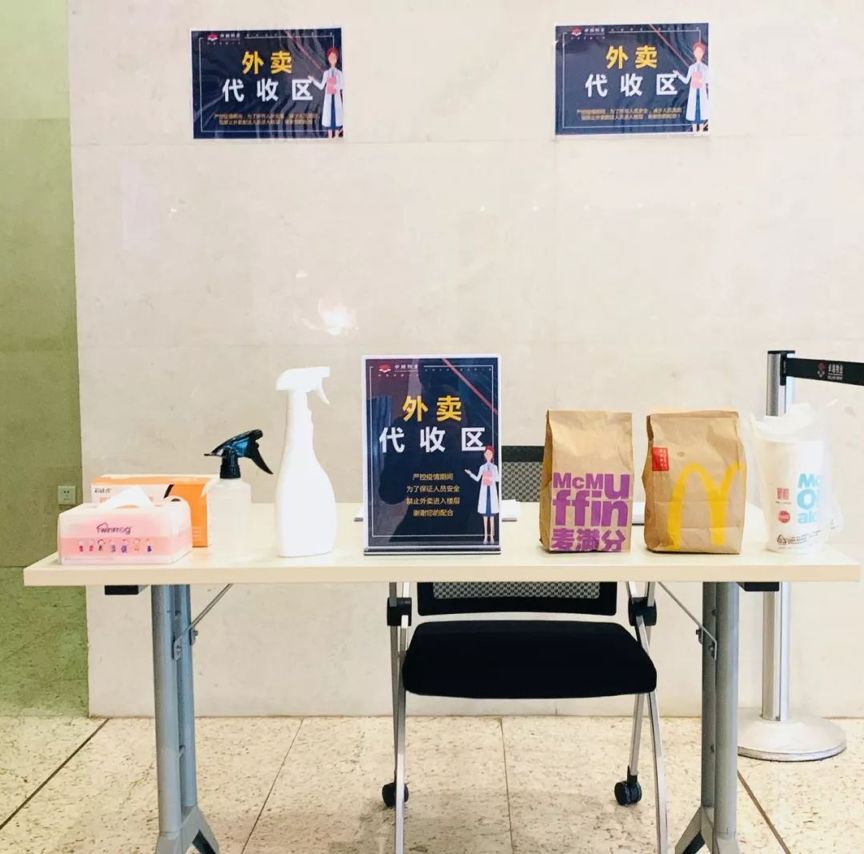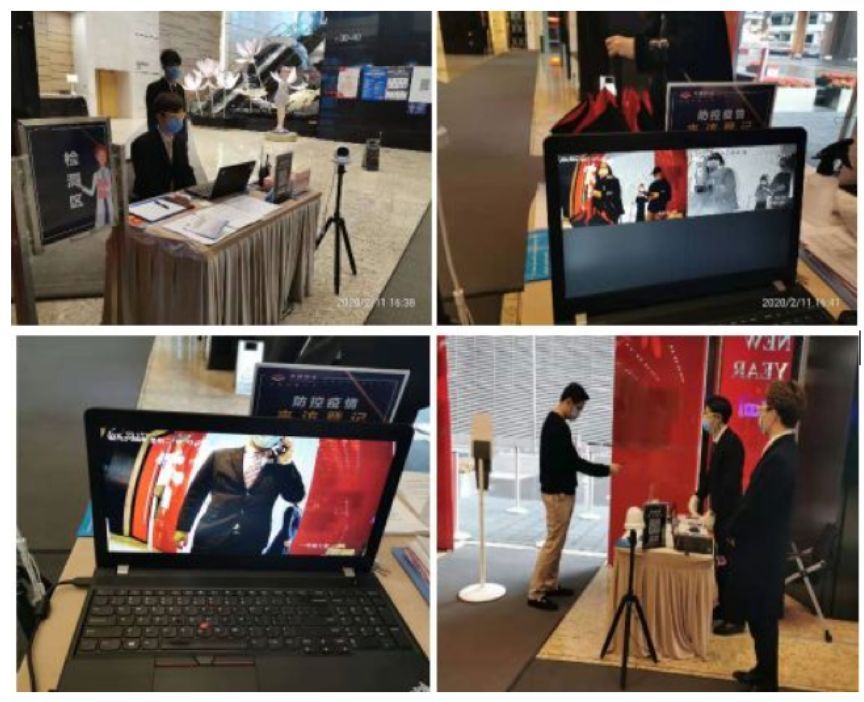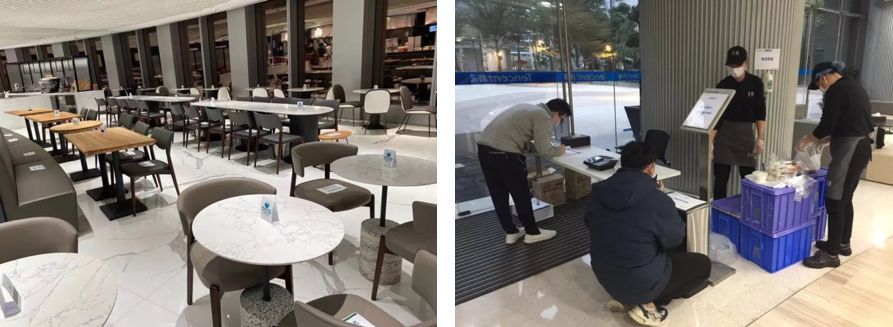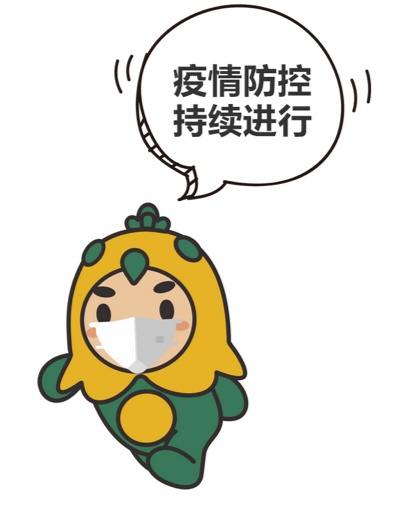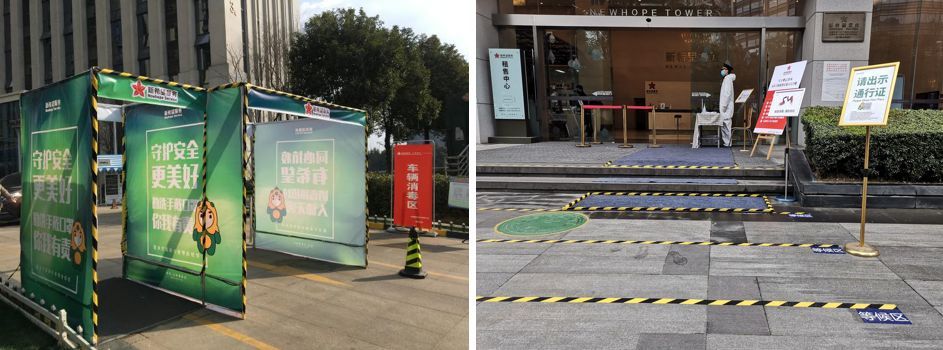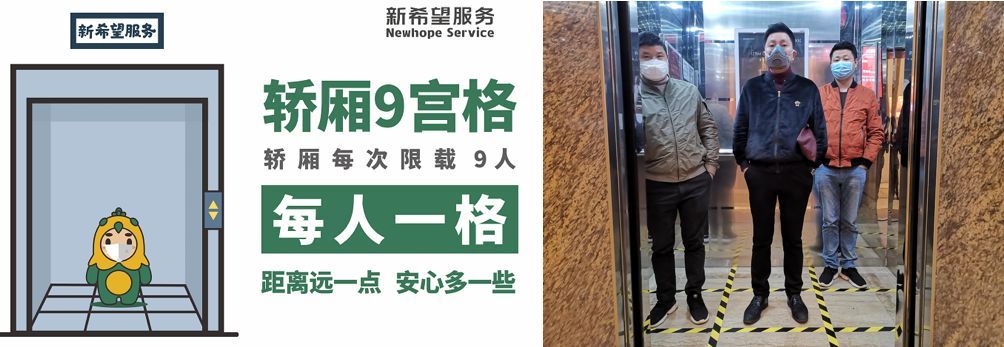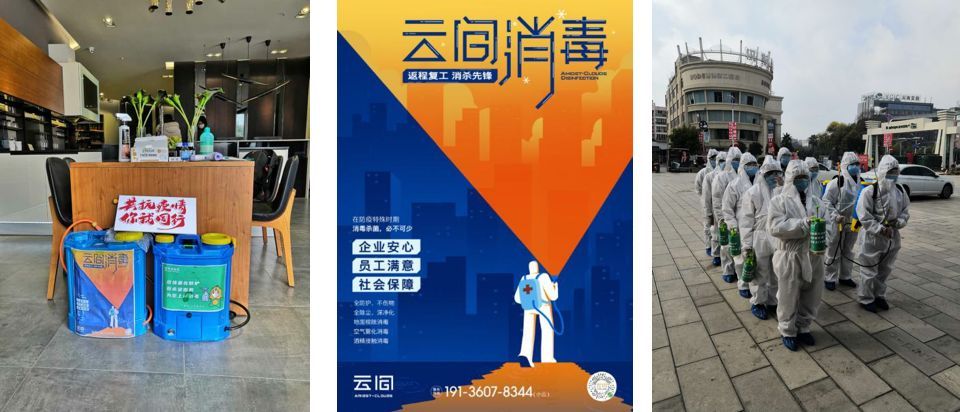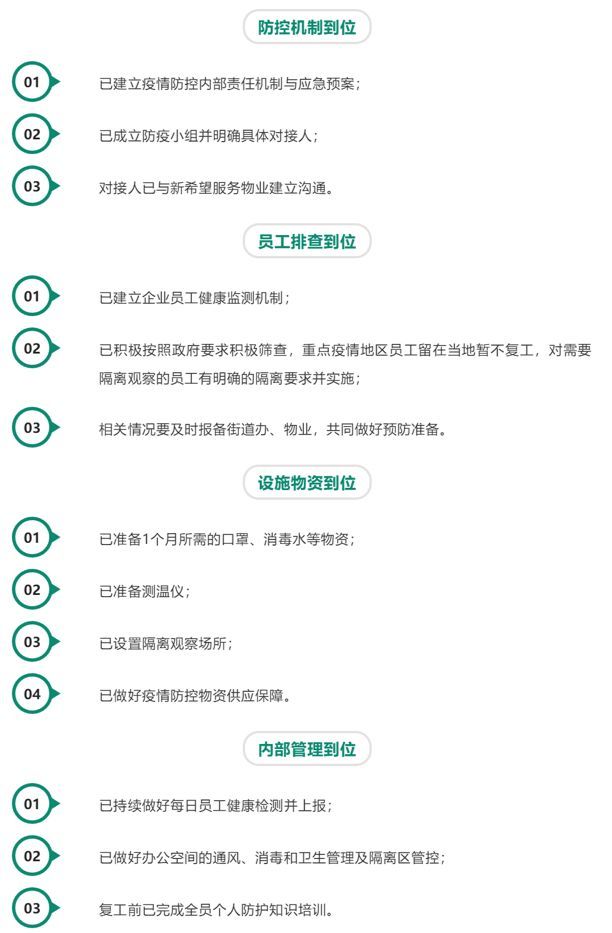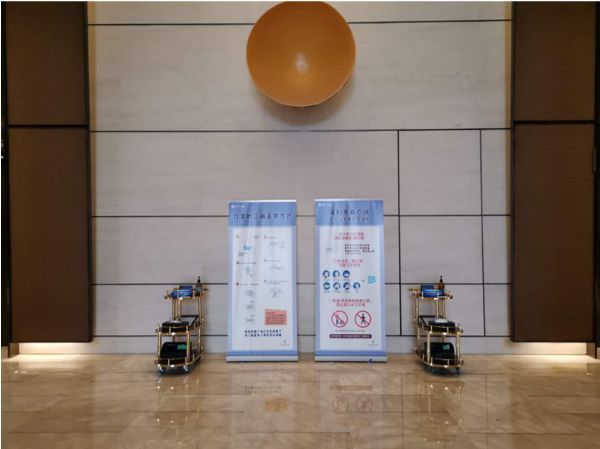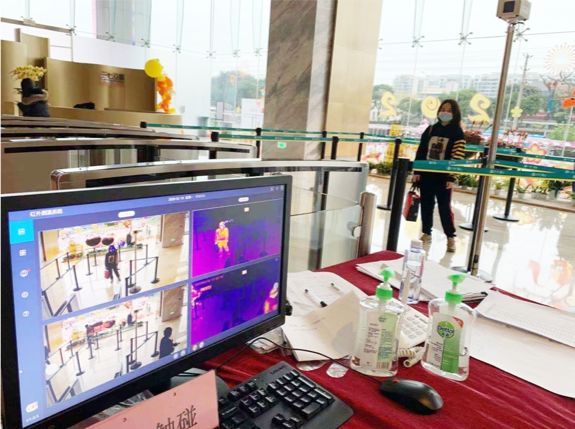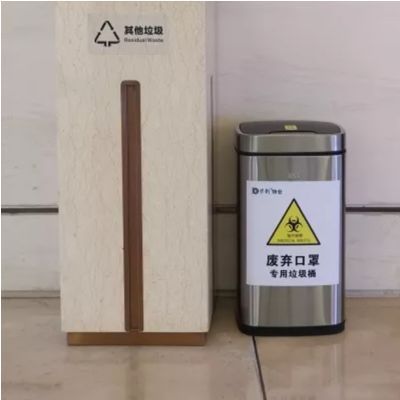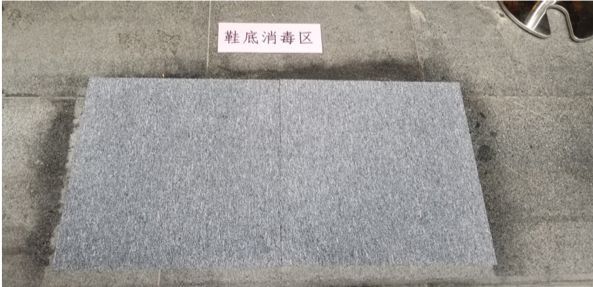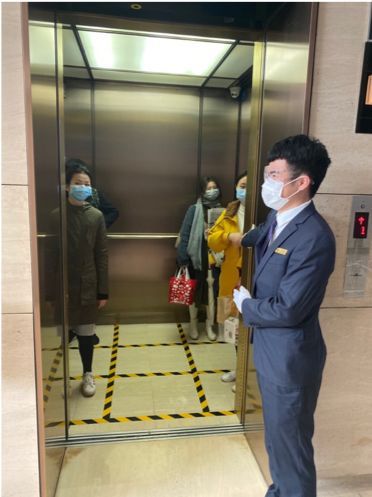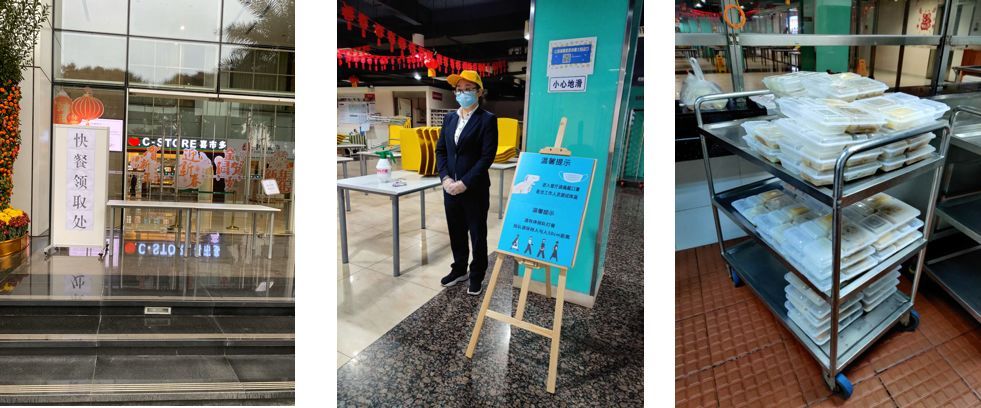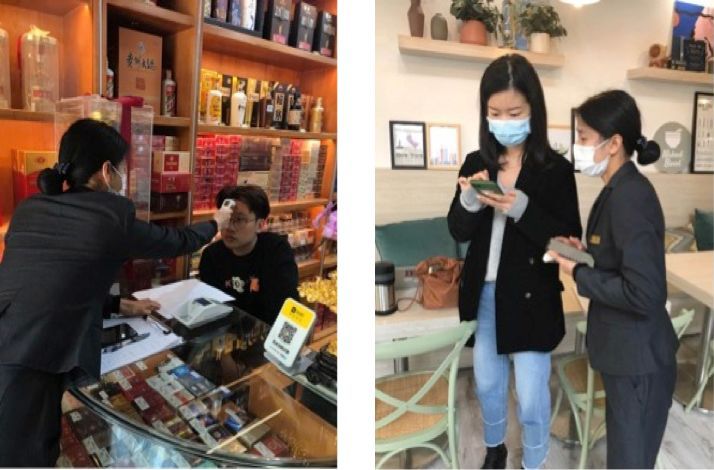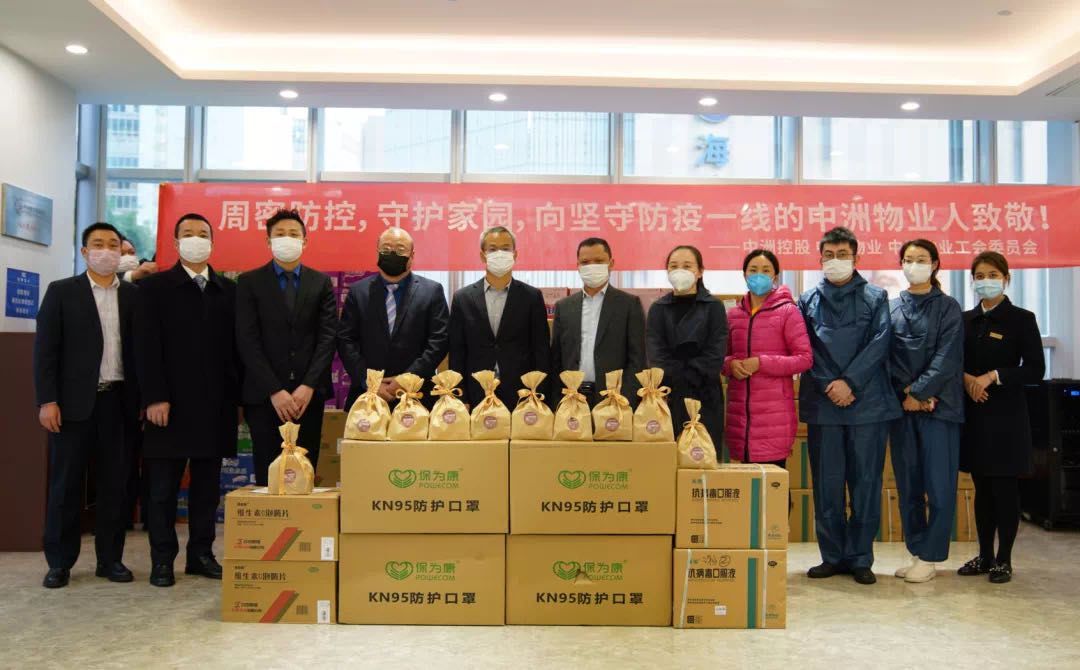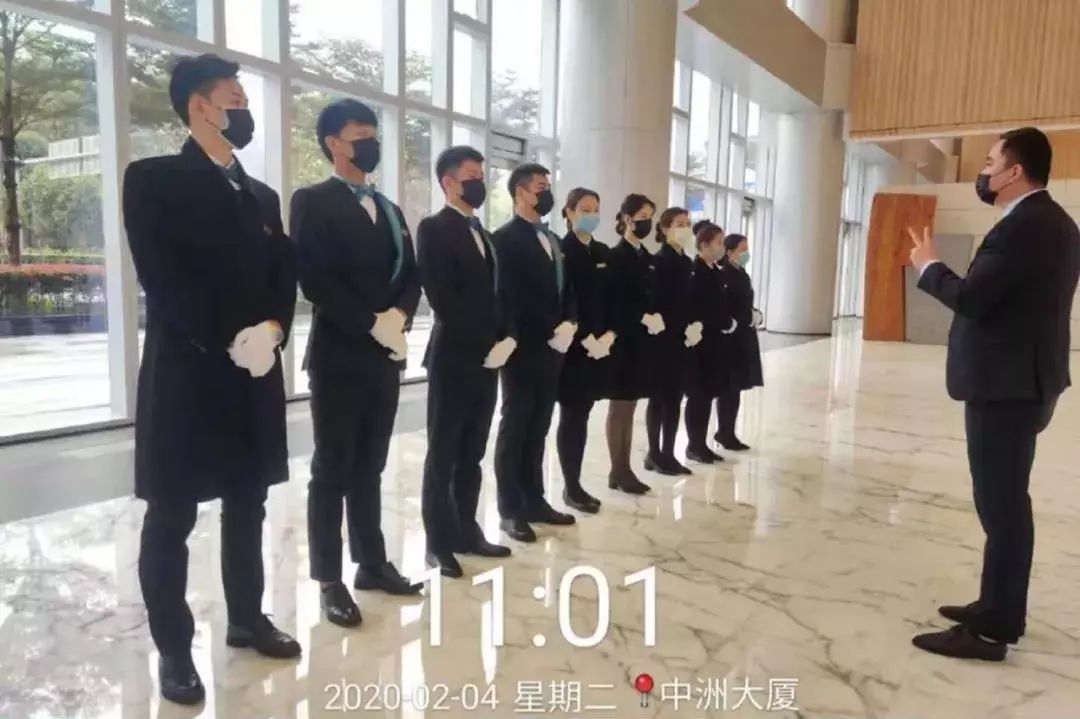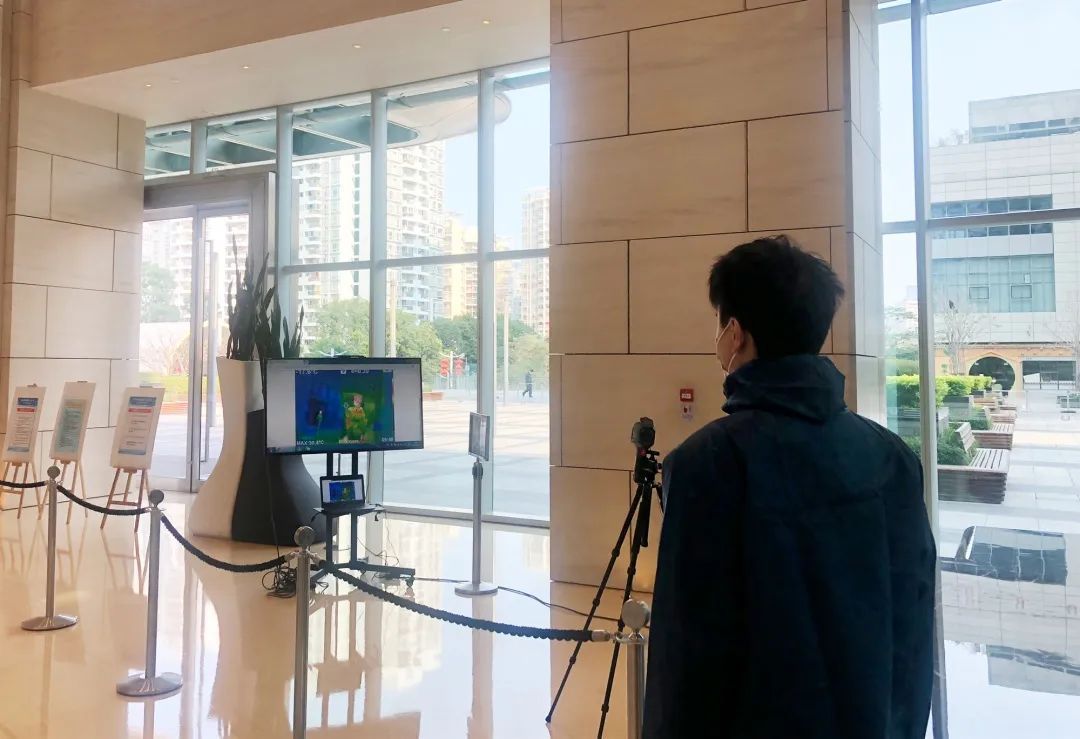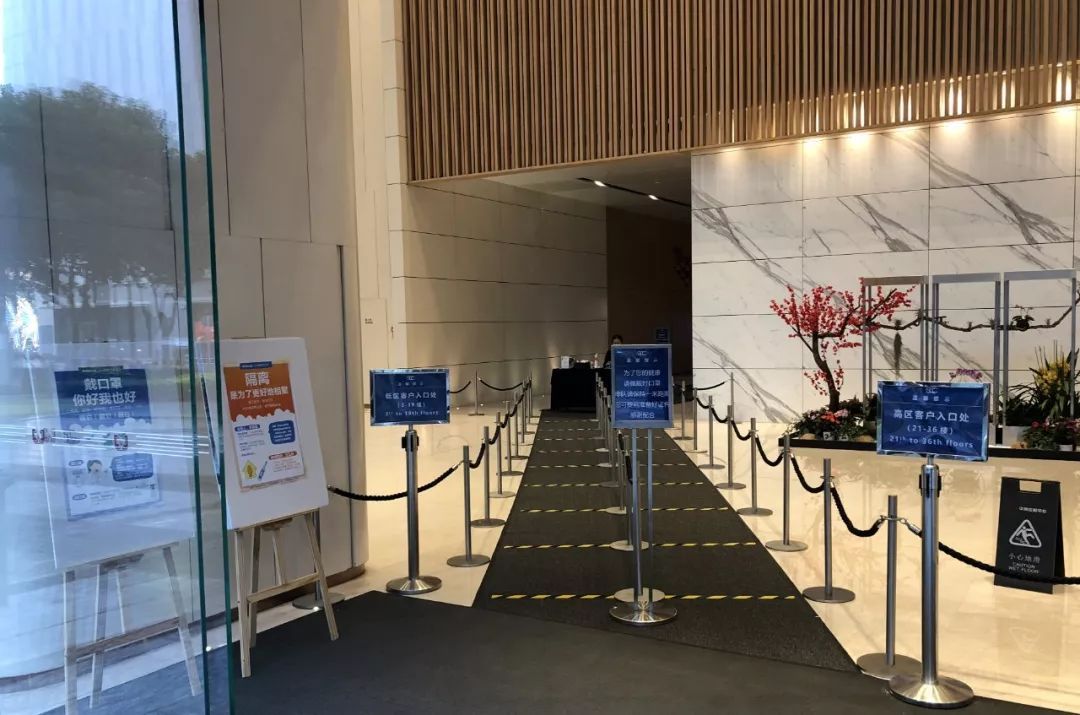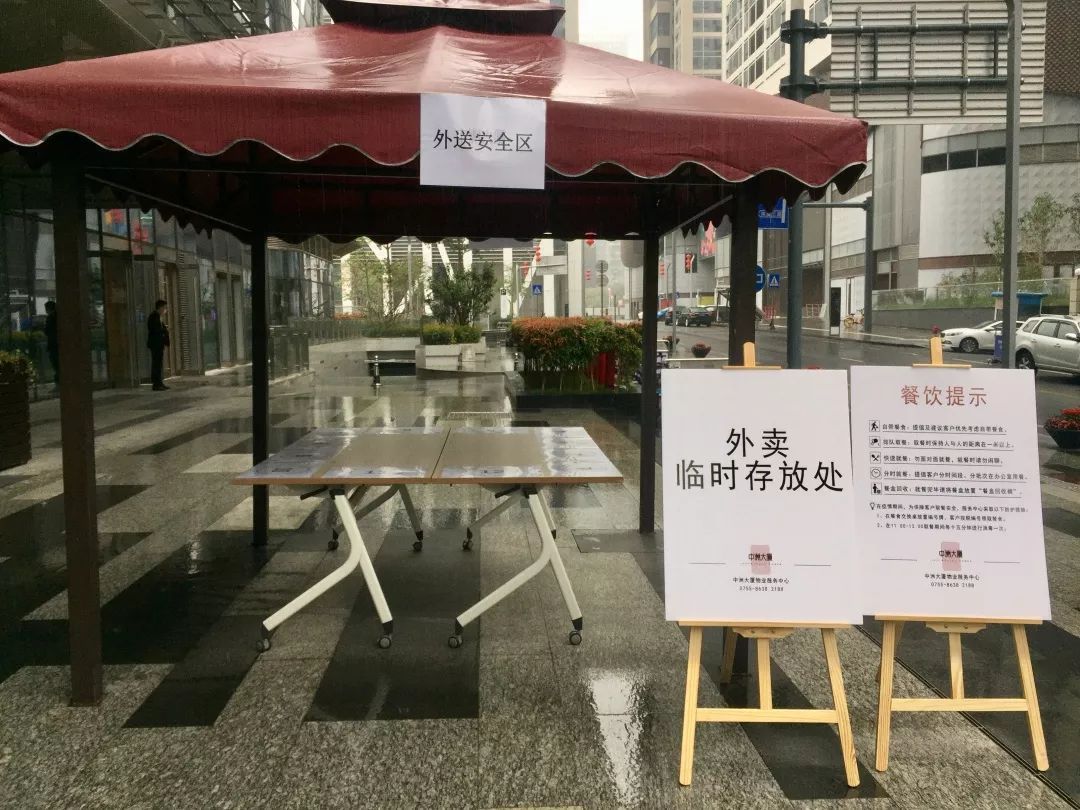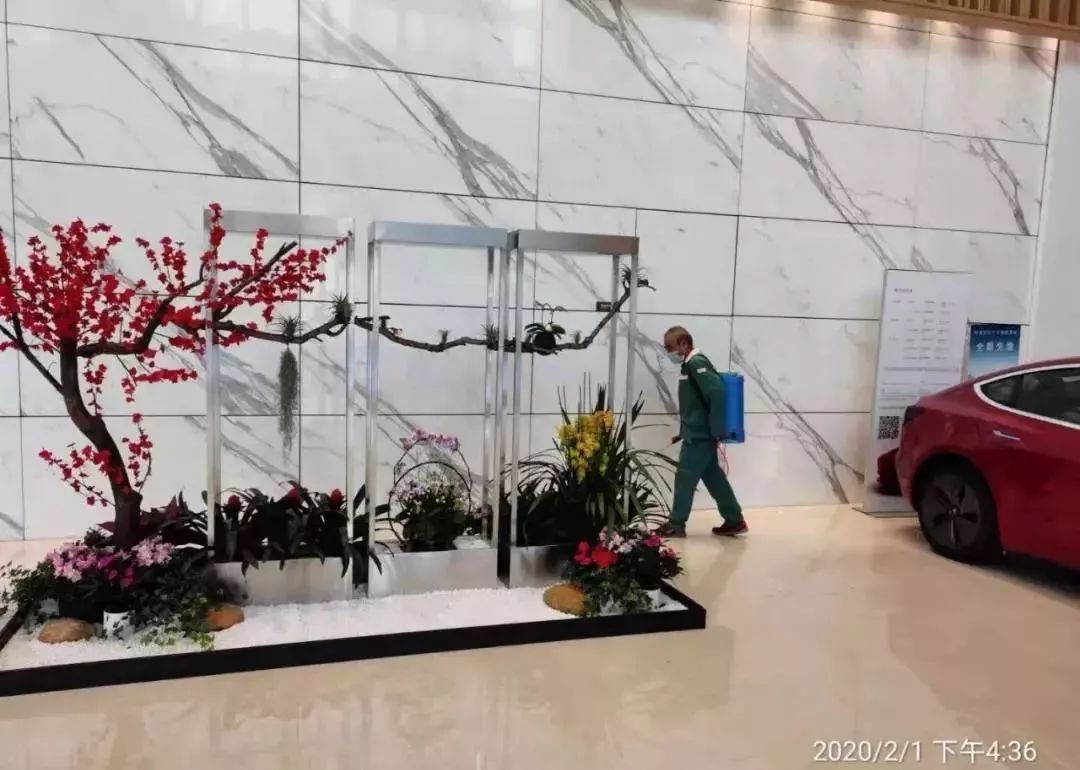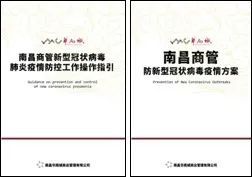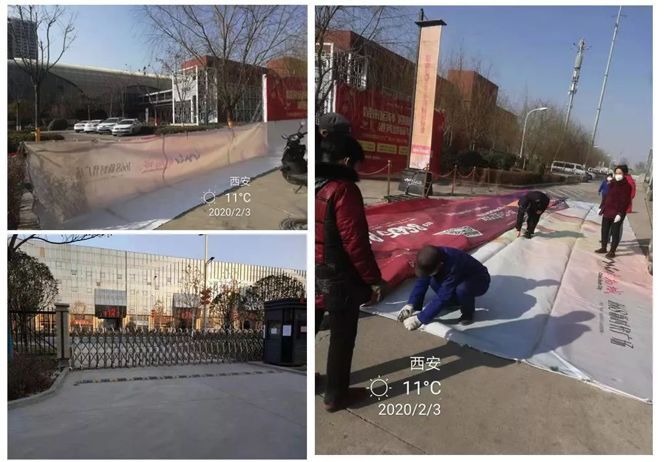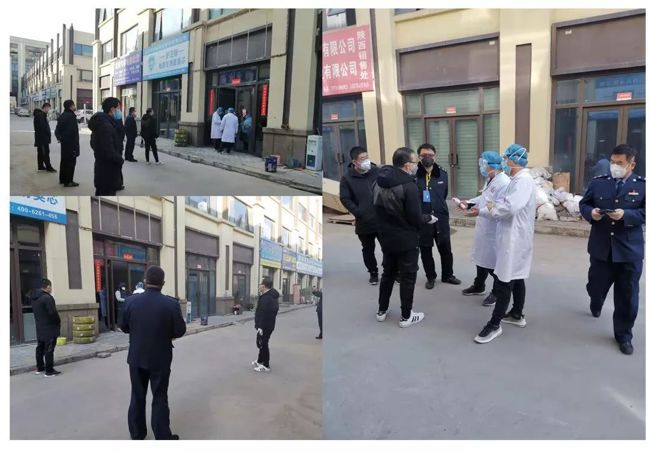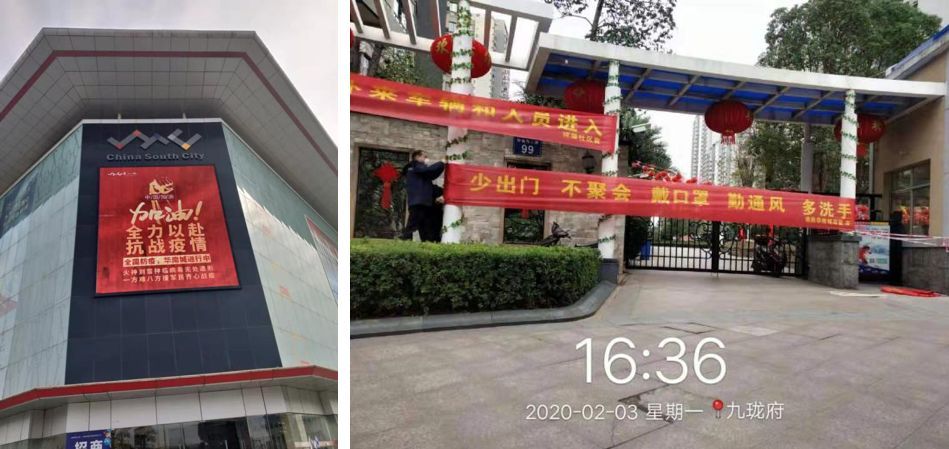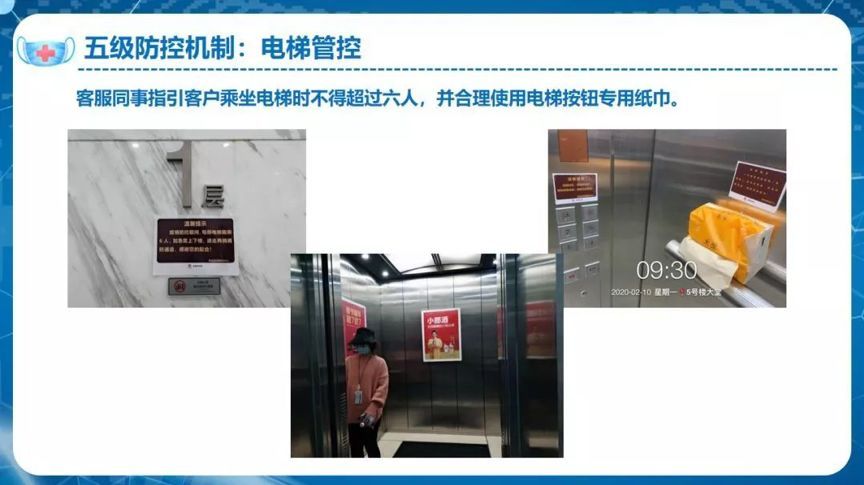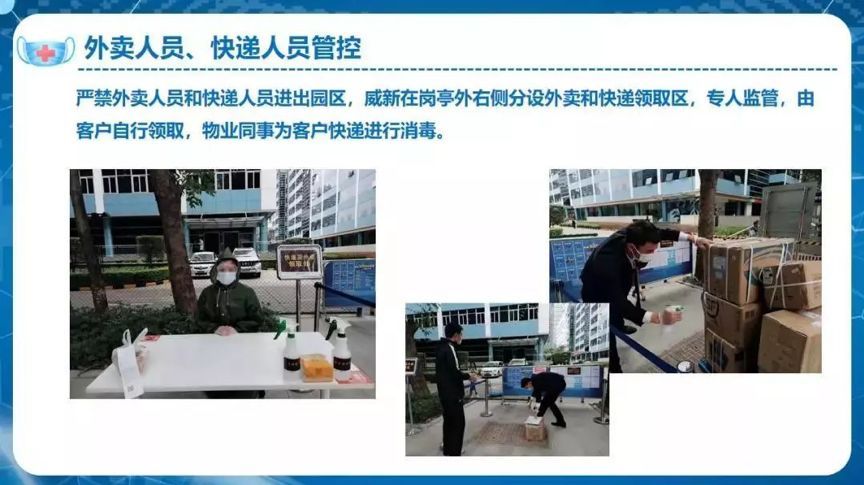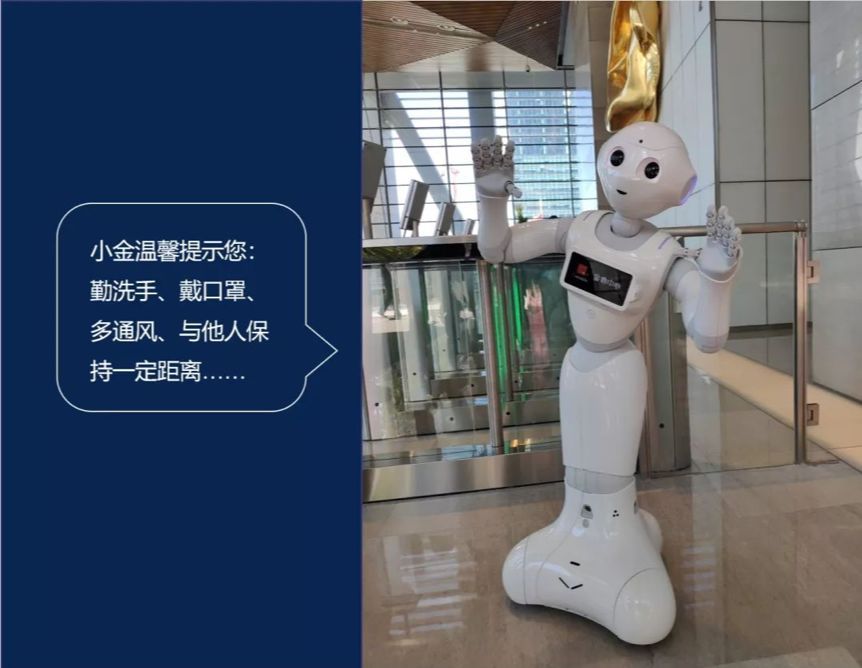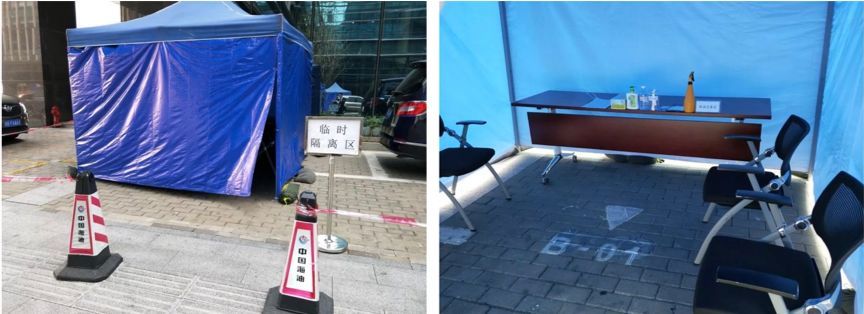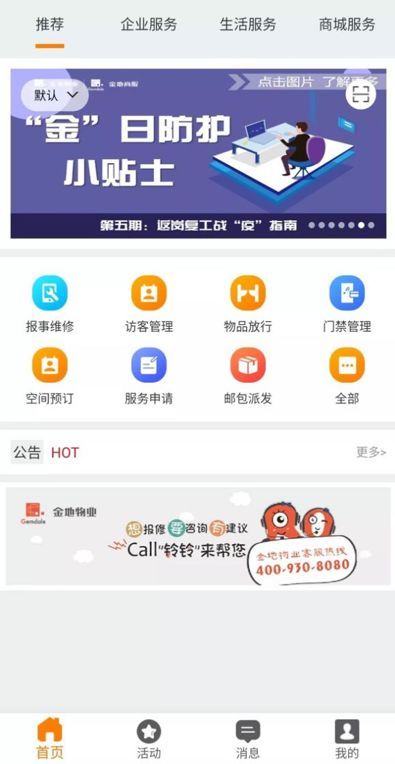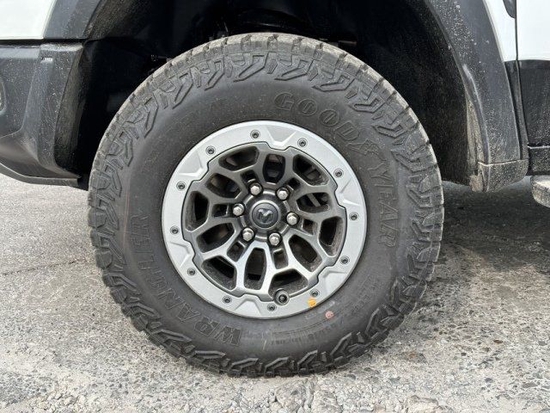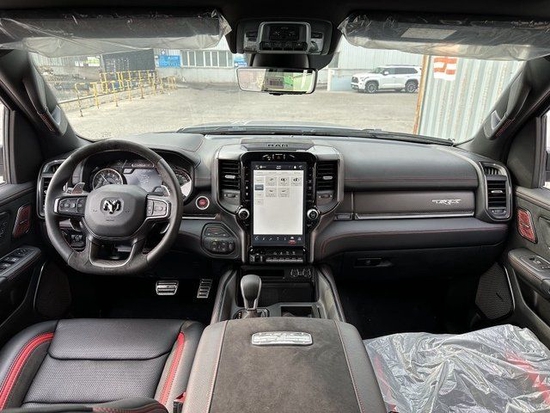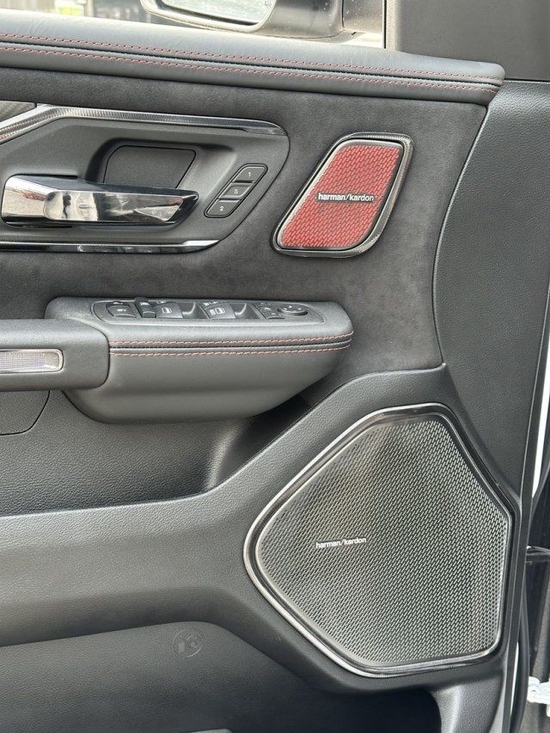????catalogue
????Chapter I General Provisions
????Chapter II Insurance Contracts
????????Section 1 General Provisions
????????Section 2 Personal Insurance Contract
????????Section 3 Property Insurance Contract
????Chapter III Insurance Companies
????Chapter IV Insurance Operating Rules
????Chapter V Insurance Agents and Insurance Brokers
????Chapter VI Supervision and Administration of Insurance Industry
????Chapter VII Legal Liability
????Chapter VIII Supplementary Provisions
????Chapter I General Provisions
????Article 1 This Law is formulated for the purpose of regulating insurance activities, protecting the legitimate rights and interests of the parties involved in insurance activities, strengthening the supervision and management of the insurance industry, maintaining social and economic order and social public interests, and promoting the healthy development of the insurance industry.
????Article 2 The term "insurance" as mentioned in this Law refers to the commercial insurance behavior in which the applicant pays the insurance premium to the insurer according to the contract, and the insurer is liable for compensation for the property losses caused by the possible accidents agreed in the contract, or when the insured dies, suffers from disability, illness or reaches the age and time limit agreed in the contract.
????Article 3 This Law shall apply to insurance activities within the territory of People’s Republic of China (PRC).
????Article 4 Insurance activities must abide by laws and administrative regulations, respect social morality, and may not harm public interests.
????Article 5 The parties to insurance activities shall follow the principle of good faith in exercising their rights and performing their obligations.
????Article 6 Insurance business is operated by insurance companies established in accordance with this Law and other insurance organizations stipulated by laws and administrative regulations. No other unit or individual may engage in insurance business.
????Article 7 Where legal persons and other organizations in People’s Republic of China (PRC) need to apply for domestic insurance, they shall apply for insurance with insurance companies in People’s Republic of China (PRC).
????Article 8 The insurance industry, the banking industry, the securities industry and the trust industry shall operate and manage separately, and insurance companies shall be established separately from banks, securities and trust institutions. Unless otherwise stipulated by the state.
????Article 9 the State Council insurance supervision and administration institutions shall supervise and administer the insurance industry according to law.
????The State Council insurance supervision and management institutions shall set up dispatched offices according to the needs of performing their duties. The dispatched offices shall perform their duties of supervision and administration in accordance with the authorization of the the State Council Insurance Regulatory Authority.
????Chapter II Insurance Contracts
????Section 1 General Provisions
????Article 10 An insurance contract is an agreement between the applicant and the insurer to stipulate the insurance rights and obligations.
????The applicant refers to the person who has entered into an insurance contract with the insurer and has the obligation to pay the insurance premium according to the contract.
????An insurer refers to an insurance company that has entered into an insurance contract with the applicant and is liable for compensation or payment of insurance benefits in accordance with the contract.
????Article 11 When concluding an insurance contract, consensus should be reached through consultation, and the rights and obligations of all parties should be determined according to the principle of fairness.
????Unless insurance is required by laws and administrative regulations, an insurance contract is concluded voluntarily.
????Article 12 The applicant of life insurance shall have an insurable interest in the insured when concluding an insurance contract.
????The insured of property insurance shall have an insurable interest in the subject matter insured when an insured accident occurs.
????Personal insurance is an insurance that takes the life and body of a person as the subject matter of insurance.
????Property insurance is insurance with property and its related interests as the subject matter.
????The insured refers to the person whose property or person is protected by the insurance contract and enjoys the right to claim insurance money. The applicant can be the insured.
????Insurable interest refers to the legally recognized interest of the applicant or the insured in the subject matter of insurance.
????Article 13 An insurance contract is formed when the applicant requests insurance and the insurer agrees to underwrite it. The insurer shall issue an insurance policy or other insurance certificate to the applicant in time.
????An insurance policy or other insurance certificate shall specify the contents of the contract agreed by both parties. The parties may also agree to specify the contents of the contract in other written forms.
????An insurance contract established according to law shall take effect upon its establishment. The applicant and the insurer may attach conditions or time limits to the validity of the contract.
????Article 14 After an insurance contract is concluded, the applicant pays the insurance premium as agreed, and the insurer begins to assume the insurance liability at the agreed time.
????Article 15 Unless otherwise stipulated in this Law or in the insurance contract, after the insurance contract is established, the applicant may terminate the contract, and the insurer may not terminate the contract.
????Article 16 When an insurance contract is concluded, if the insurer makes an inquiry about the subject matter insured or the insured, the applicant shall truthfully inform it.
????If the applicant fails to fulfill the obligation of truthful disclosure stipulated in the preceding paragraph intentionally or due to gross negligence, which is enough to affect the insurer’s decision on whether to agree to underwrite or increase the insurance premium rate, the insurer has the right to terminate the contract.
????The right to terminate the contract stipulated in the preceding paragraph shall be extinguished if it is not exercised for more than 30 days from the date when the insurer becomes aware of the reasons for termination. If more than two years have passed since the establishment of the contract, the insurer shall not terminate the contract; In the event of an insured accident, the insurer shall be liable for compensation or payment of insurance benefits.
????If the applicant intentionally fails to perform the obligation of telling the truth, the insurer shall not be liable for compensation or payment of insurance premium for the insured accident that occurred before the termination of the contract, and shall not refund the insurance premium.
????If the insured fails to fulfill the obligation of telling the truth due to gross negligence, which has a serious impact on the occurrence of the insured accident, the insurer shall not be liable for compensation or payment of insurance benefits for the insured accident that occurred before the termination of the contract, but shall refund the insurance premium.
????The insurer may not terminate the contract if it has been known at the time of conclusion of the contract that the applicant has not truthfully informed it; In the event of an insured accident, the insurer shall be liable for compensation or payment of insurance benefits.
????An insured accident refers to an accident within the scope of insurance liability stipulated in the insurance contract.
????Article 17 Where an insurance contract is concluded with standard clauses provided by the insurer, the application form provided by the insurer to the applicant shall be accompanied by standard clauses, and the insurer shall explain the contents of the contract to the applicant.
????With regard to the clauses in the insurance contract exempting the insurer from liability, the insurer shall, when concluding the contract, make a prompt on the application form, insurance policy or other insurance documents that can attract the attention of the insured, and make a clear explanation to the insured in written or oral form; If it is not prompted or clearly stated, this clause will not be effective.
????Article 18 An insurance contract shall include the following items:
????(1) The name and domicile of the insurer;
????(2) The names and domiciles of the applicant and the insured, and the names and domiciles of the beneficiaries of life insurance;
????(3) the subject matter insured;
????(4) Insurance liability and exemption from liability;
????(5) The insurance period and the start time of insurance liability;
????(6) the insured amount;
????(seven) insurance premiums and payment methods;
????(8) Measures for compensation or payment of insurance money;
????(9) Liability for breach of contract and dispute settlement;
????(10) The year, month and day when the contract was concluded.
????The applicant and the insurer may agree on other matters related to insurance.
????Beneficiary refers to the person who has the right to claim for insurance money designated by the insured or the applicant in the life insurance contract. The applicant and the insured may be the beneficiaries.
????The insured amount refers to the maximum amount of the insurer’s liability for compensation or payment of insurance benefits.
????Article 19 The following clauses in an insurance contract concluded with standard clauses provided by the insurer are invalid:
????(1) Exempting the insurer from its obligations according to law or increasing the liability of the applicant and the insured;
????(2) excluding the rights enjoyed by the applicant, the insured or the beneficiary according to law.
????Article 20 The applicant and the insurer may change the contents of the contract through consultation.
????Where an insurance contract is changed, the insurer shall annotate or attach an endorsement to the insurance policy or other insurance documents, or the applicant and the insurer shall conclude a written agreement on the change.
????Article 21 The applicant, the insured or the beneficiary shall notify the insurer in time after knowing the occurrence of the insured accident. If the nature, cause and loss degree of the insured accident are difficult to determine due to intentional or gross negligence, the insurer shall not be liable for compensation or payment of insurance benefits for the uncertain part, except that the insurer has known or should have known the occurrence of the insured accident in time through other means.
????Article 22 After the occurrence of an insured accident, when requesting the insurer to compensate or pay the insurance money according to the insurance contract, the applicant, the insured or the beneficiary shall provide the insurer with the certificates and materials that they can provide to confirm the nature, cause and loss degree of the insured accident.
????In accordance with the contract, if the insurer thinks that the relevant certificates and materials are incomplete, it shall promptly notify the applicant, the insured or the beneficiary to supplement them.
????Article 23 An insurer shall, after receiving a request for compensation or payment of insurance benefits from the insured or beneficiary, make a timely verification; If the situation is complicated, it shall be approved within 30 days, unless otherwise agreed in the contract. The insurer shall notify the insured or beneficiary of the verification result; For those who are insured, they shall perform the obligation of compensation or payment of insurance benefits within ten days after reaching an agreement with the insured or beneficiary. If the insurance contract stipulates the time limit for compensation or payment of insurance benefits, the insurer shall perform the obligation of compensation or payment of insurance benefits in accordance with the agreement.
????If the insurer fails to fulfill the obligations stipulated in the preceding paragraph in time, it shall compensate the insured or beneficiary for the losses incurred therefrom in addition to paying the insurance money.
????No unit or individual may illegally interfere with the insurer’s obligation to pay compensation or insurance benefits, nor may it restrict the right of the insured or beneficiary to obtain insurance benefits.
????Article 24 After the insurer has made the verification in accordance with the provisions of Article 23 of this Law, it shall, within three days from the date of making the verification, issue a notice of refusal to pay compensation or insurance benefits to the insured or beneficiary, and explain the reasons.
????Article 25 If the insurer cannot determine the amount of compensation or payment of insurance benefits within 60 days from the date of receiving the request for compensation or payment of insurance benefits and relevant certificates and materials, it shall pay in advance the amount that can be determined according to the existing certificates and materials; After the insurer finally determines the amount of compensation or insurance payment, it shall pay the corresponding difference.
????Article 26 The limitation of action for the insured or beneficiary of insurance other than life insurance to claim compensation or pay insurance money from the insurer is two years, counting from the day when he knows or should know the occurrence of the insured accident.
????The limitation of action for the insured or beneficiary of life insurance to ask the insurer to pay the insurance money is five years, counting from the day when he knows or should know that the insurance accident happened.
????Article 27 If there is no insured accident, and the insured or beneficiary falsely claims that there is an insured accident, the insurer has the right to terminate the contract without returning the insurance premium.
????If the applicant or the insured intentionally creates an insured accident, the insurer has the right to terminate the contract and is not liable for compensation or payment of insurance benefits; Except as provided in Article 43 of this Law, the insurance premium will not be refunded.
????After the occurrence of an insured accident, if the applicant, the insured or the beneficiary fabricates a false cause of the accident or exaggerates the degree of loss with forged or altered relevant certificates, materials or other evidence, the insurer shall not be liable for compensation or payment of insurance benefits for the falsely reported part.
????If the applicant, the insured or the beneficiary commits one of the acts specified in the preceding three paragraphs, causing the insurer to pay the insurance premium or expenses, it shall return or compensate.
????Article 28 Reinsurance is when an insurer partially transfers its insurance business to other insurers in the form of reinsurance.
????At the request of the reinsurer, the reinsurer shall inform the reinsurer in writing of its own responsibility and the relevant information of the original insurance.
????Article 29 The reinsurer shall not ask the applicant of the original insurance to pay the insurance premium.
????The insured or beneficiary of the original insurance shall not make a claim for compensation or payment of insurance money to the reinsurance acceptor.
????The cedant of reinsurance shall not refuse to perform or delay the performance of its original insurance liability on the grounds that the reinsurer fails to perform the reinsurance liability.
????Article 30 In case of any dispute between the insurer and the applicant, the insured or the beneficiary over the terms of an insurance contract concluded with standard terms provided by the insurer, it shall be interpreted according to the usual understanding. If there are more than two interpretations of the terms of the contract, the people’s court or arbitration institution shall make an interpretation in favor of the insured and the beneficiary.
????Section 2 Personal Insurance Contract
????Article 31 An applicant has an insurable interest in the following persons:
????(1) I;
????(2) Spouses, children and parents;
????(3) Other family members and close relatives who have the relationship of support or maintenance with the applicant other than those mentioned in the preceding paragraph;
????(4) Laborers who have labor relations with the insured.
????Except as provided in the preceding paragraph, if the insured agrees that the applicant will conclude a contract for him, it shall be deemed that the applicant has an insurable interest in the insured.
????When concluding a contract, if the applicant has no insurable interest in the insured, the contract is invalid.
????Article 32 If the age of the insured declared by the applicant is not true, and its true age does not meet the age limit stipulated in the contract, the insurer may terminate the contract and return the cash value of the insurance policy according to the contract. The provisions of paragraphs 3 and 6 of Article 16 of this Law shall apply to the insurer’s exercise of the right to terminate the contract.
????If the age of the insured declared by the applicant is not true, resulting in the insurance premium paid by the applicant being less than the insurance premium payable, the insurer has the right to correct and require the applicant to pay the insurance premium, or pay the insurance premium according to the proportion of the actually paid insurance premium to the insurance premium payable.
????If the age of the insured declared by the applicant is untrue, resulting in the insured paying more insurance premiums than the insurance premiums payable, the insurer shall return the overcharged insurance premiums to the applicant.
????Article 33 An applicant shall not insure a person with no capacity for civil conduct with death as the condition for payment of insurance benefits, nor shall an insurer underwrite it.
The personal insurance that parents take out for their minor children shall not be restricted by the provisions of the preceding paragraph. However, the sum of the insurance benefits paid due to the death of the insured shall not exceed the limit set by the the State Council Insurance Regulatory Authority.
????Article 34 A contract in which death is the condition for payment of insurance benefits is invalid without the consent and approval of the insured.
An insurance policy issued under a contract with death as the condition for payment of insurance benefits may not be transferred or pledged without the written consent of the insured.
The personal insurance that parents take out for their minor children shall not be restricted by the provisions of the first paragraph of this article.
????Article 35 The applicant may pay the insurance premium to the insurer in one lump sum or in installments as agreed in the contract.
????Article 36 The contract stipulates that the insurance premium shall be paid in installments. After the applicant pays the initial premium, unless otherwise stipulated in the contract, if the applicant fails to pay the current premium for more than 30 days from the date of the insurer’s demand, or fails to pay the current premium for 60 days beyond the agreed time limit, the contract shall be terminated, or the insurer shall reduce the insurance amount according to the conditions stipulated in the contract.
????If the insured has an insured accident within the time limit specified in the preceding paragraph, the insurer shall pay the insurance premium in accordance with the contract, but may deduct the unpaid insurance premium.
????Article 37 If the validity of a contract is suspended in accordance with the provisions of Article 36 of this Law, the validity of the contract shall be restored after the insurer and the applicant reach an agreement through consultation and after the applicant pays the insurance premium. However, if both parties fail to reach an agreement within two years from the date of termination of the contract, the insurer has the right to terminate the contract.
If the insurer terminates the contract in accordance with the provisions of the preceding paragraph, it shall return the cash value of the insurance policy in accordance with the contract.
????Article 38 An insurer may not demand the applicant to pay the premium of life insurance by litigation.
????Article 39 The beneficiary of personal insurance shall be designated by the insured or the applicant.
????The applicant must obtain the consent of the insured when designating the beneficiary. The applicant shall insure the life insurance for the workers who have labor relations with him, and shall not designate any person other than the insured and his close relatives as the beneficiary.
????If the insured is a person without or with limited capacity for civil conduct, the beneficiary may be designated by his guardian.
????Article 40 The insured or the applicant may designate one or more persons as beneficiaries.
If there are several beneficiaries, the insured or the applicant may determine the order and share of benefits; If the share of benefit is not determined, the beneficiary shall enjoy the right to benefit according to the equal share.
????Article 41 The insured or the applicant may change the beneficiary and notify the insurer in writing. After receiving the written notice of changing the beneficiary, the insurer shall annotate or attach the approval form to the insurance policy or other insurance documents.
????The applicant must obtain the consent of the insured when changing the beneficiary.
????Forty-second after the death of the insured, under any of the following circumstances, the insurance money shall be regarded as the insured’s inheritance, and the insurer shall perform the obligation to pay the insurance money in accordance with the provisions of the Inheritance Law of People’s Republic of China (PRC):
????(1) The beneficiary has not been designated, or the designation of the beneficiary is unknown and cannot be determined;
????(2) The beneficiary dies before the insured, and there are no other beneficiaries;
????(3) The beneficiary loses or waives the right to benefit according to law, and there are no other beneficiaries.
????If the beneficiary and the insured die in the same event, and the order of death cannot be determined, it is presumed that the beneficiary died first.
????Article 43 If the applicant intentionally causes the death, disability or illness of the insured, the insurer shall not be liable for paying the insurance money. If the applicant has paid the insurance premium for more than two years, the insurer shall return the cash value of the insurance policy to other obligees in accordance with the contract.
????If the beneficiary intentionally causes the death, disability or illness of the insured, or intentionally kills the insured, the beneficiary loses the right to benefit.
????Article 44 In a contract in which the death of the insured is the condition for payment of insurance benefits, if the insured commits suicide within two years from the date of the establishment of the contract or the resumption of the effectiveness of the contract, the insurer shall not be liable for payment of insurance benefits, unless the insured committed suicide as a person without civil capacity.
????If the insurer is not liable for the payment of insurance benefits in accordance with the provisions of the preceding paragraph, it shall return the cash value of the insurance policy in accordance with the contract.
????Article 45 If the insured intentionally commits a crime or resists criminal compulsory measures taken according to law, resulting in his disability or death, the insurer shall not be liable for paying the insurance money. If the applicant has paid the insurance premium for more than two years, the insurer shall return the cash value of the insurance policy in accordance with the contract.
????Article 46 If the insured suffers death, disability or illness due to the act of a third party, the insurer shall not have the right to claim compensation from the third party after paying the insurance money to the insured or beneficiary, but the insured or beneficiary shall still have the right to claim compensation from the third party.
????Article 47 If the applicant cancels the contract, the insurer shall return the cash value of the insurance policy according to the contract within 30 days from the date of receiving the notice of cancellation.
????Section 3 Property Insurance Contract
????Article 48 When an insured accident occurs, if the insured has no insurable interest in the subject matter insured, he may not claim compensation from the insurer.
????Article 49 Where the subject matter insured is transferred, the transferee of the subject matter insured shall inherit the rights and obligations of the insured.
????Where the subject matter insured is transferred, the insured or the transferee shall notify the insurer in time, except for the cargo transportation insurance contract and the contract otherwise agreed.
????If the risk degree is significantly increased due to the transfer of the subject matter insured, the insurer may increase the insurance premium or terminate the contract in accordance with the contract within 30 days from the date of receiving the notice specified in the preceding paragraph. When the insurer terminates the contract, it shall refund the premium it has collected to the insured after deducting the part receivable from the date of commencement of insurance liability to the date of termination of the contract.
????If the insured or the transferee fails to fulfill the notification obligation stipulated in the second paragraph of this article, the insurer shall not be liable for compensation for the insurance accident that occurs due to the significant increase in the risk of the subject matter insured due to the transfer.
????Article 50 The parties to a cargo transportation insurance contract and a means of transport voyage insurance contract may not terminate the contract after the insurance liability begins.
????Article 51 The insured shall abide by the relevant state regulations on fire control, safety, production operation and labor protection, and safeguard the safety of the subject matter insured.
????The insurer may inspect the safety status of the subject matter insured in accordance with the contract, and put forward written suggestions to the applicant and the insured to eliminate unsafe factors and hidden dangers in time.
????If the applicant and the insured fail to fulfill their due responsibilities for the safety of the subject matter insured in accordance with the agreement, the insurer has the right to request an increase in the insurance premium or terminate the contract.
In order to maintain the safety of the subject matter insured, the insurer may, with the consent of the insured, take safety precautions.
????Article 52 If the risk of the subject matter insured increases significantly within the validity period of the contract, the insured shall promptly notify the insurer as agreed in the contract, and the insurer may increase the insurance premium or terminate the contract as agreed in the contract. When the insurer terminates the contract, it shall refund the premium it has collected to the insured after deducting the part receivable from the date of commencement of insurance liability to the date of termination of the contract.
????If the insured fails to fulfill the notification obligation stipulated in the preceding paragraph, the insurer shall not be liable for compensation for the insurance accident caused by the significant increase in the risk of the subject matter insured.
????Article 53 Under any of the following circumstances, unless otherwise agreed in the contract, the insurer shall reduce the insurance premium and refund the corresponding insurance premium on a daily basis:
????(1) The relevant circumstances on which the insurance premium rate is determined have changed, and the degree of danger of the subject matter insured has obviously decreased;
????(2) The insured value of the subject matter insured is obviously reduced.
????Article 54 Before the commencement of insurance liability, if the applicant requests to terminate the contract, he shall pay the handling fee to the insurer in accordance with the contract, and the insurer shall refund the insurance premium. After the commencement of insurance liability, if the applicant requests to terminate the contract, the insurer shall refund the premium collected to the applicant after deducting the part receivable from the commencement of insurance liability to the termination of the contract in accordance with the contract.
????Article 55 If the insured and the insurer agree on the insured value of the subject matter insured and specify it in the contract, when the subject matter insured suffers losses, the agreed insured value shall be taken as the compensation calculation standard.
????If the insured and the insurer have not agreed on the insured value of the subject matter insured, when the subject matter insured suffers losses, the actual value of the subject matter insured at the time of the insured accident shall be taken as the compensation calculation standard.
????The insured amount shall not exceed the insured value. If it exceeds the insured value, the excess shall be invalid, and the insurer shall refund the corresponding insurance premium.
????If the insured amount is lower than the insured value, unless otherwise agreed in the contract, the insurer shall be liable for compensation in proportion to the insured amount and the insured value.
????Article 56 An applicant for double insurance shall notify all insurers of the relevant information about double insurance.
????The sum of the compensation insurance premiums paid by the insurers of double insurance shall not exceed the insured value. Unless otherwise agreed in the contract, each insurer shall be liable for compensation according to the proportion of the insured amount and the sum of the insured amount.
????The applicant for double insurance may request the insurers to return the insurance premium in proportion to the sum of the insured amount exceeding the insured value.
????Double insurance refers to the insurance in which the insured enters into insurance contracts with two or more insurers for the same subject matter, the same insurance interest and the same insurance accident, and the sum of the insured amount exceeds the insured value.
????Article 57 When an insured accident occurs, the insured shall try his best to take necessary measures to prevent or reduce losses.
????After the occurrence of an insured accident, the insurer shall bear the necessary and reasonable expenses paid by the insured to prevent or reduce the loss of the subject matter insured; The amount of expenses borne by the insurer shall be calculated separately from the amount of compensation for the loss of the subject matter insured, and the maximum amount shall not exceed the insured amount.
????Article 58 In case of partial loss of the subject matter insured, the applicant may terminate the contract within 30 days from the date of compensation by the insurer; Unless otherwise agreed in the contract, the insurer may also terminate the contract, but it shall notify the applicant fifteen days in advance.
????If the contract is terminated, the insurer shall refund the insurance premium of the undamaged part of the subject matter insured to the applicant after deducting the part receivable from the date of commencement of insurance liability to the date of termination of the contract in accordance with the contract.
????Article 59 After the occurrence of an insured accident, if the insurer has paid all the insured amount, and the insured amount is equal to the insured value, all the rights of the damaged subject matter insured shall belong to the insurer; If the insured amount is lower than the insured value, the insurer shall obtain part of the rights of the damaged insurance subject matter according to the ratio of the insured amount to the insured value.
????Article 60 If an insured accident is caused by damage to the subject matter insured by a third party, the insurer shall subrogate the insured’s right to claim compensation from the third party within the compensation amount from the date of compensation to the insured.
????If the insured has obtained damages from a third party after the occurrence of the insured accident specified in the preceding paragraph, the insurer may deduct the amount of compensation that the insured has obtained from the third party when compensating the insurance money.
????The insurer’s right to claim compensation by subrogation in accordance with the first paragraph of this article shall not affect the insured’s right to claim compensation from a third party for the part that has not been compensated.
????Article 61 If the insured waives the right to claim compensation from a third party after the occurrence of an insured accident and before the insurer pays the insurance money, the insurer shall not be liable for compensation.
????After the insurer compensates the insured for the insurance money, if the insured waives the right to claim compensation from the third party without the consent of the insurer, the act is invalid.
????If the insured intentionally or due to gross negligence prevents the insurer from exercising the right to claim compensation by subrogation, the insurer may deduct or demand the return of the corresponding insurance money.
????Article 62 The insurer shall not exercise the right of subrogation against the family members or their members of the insured, except that the family members or their members intentionally cause the insured accident as stipulated in the first paragraph of Article 60 of the Cost Law.
????Article 63 When the insurer exercises the right to claim compensation by subrogation to a third party, the insured shall provide the insurer with necessary documents and relevant information.
????Article 64 The insurer shall bear the necessary and reasonable expenses paid by the insurer and the insured to find out and determine the nature and cause of the insured accident and the degree of loss of the subject matter insured.
????Article 65 An insurer may, in accordance with the provisions of the law or the contract, directly compensate the third party for the damage caused by the insured of liability insurance.
????If the insured of liability insurance causes damage to a third party and the insured’s liability for compensation to the third party is determined, the insurer shall directly compensate the insurance money to the third party at the request of the insured. If the insured is slow to make a claim, the third party has the right to directly claim compensation from the insurer for the part that should be compensated.
????If the insured of liability insurance causes damage to a third party and the insured fails to compensate the third party, the insurer shall not compensate the insured for the insurance money.
????Liability insurance refers to insurance with the insured’s liability for compensation to a third party according to law as the insurance subject.
????Article 66 If the insured of liability insurance is brought to arbitration or litigation because of an insured accident that causes damage to a third party, the arbitration or litigation expenses and other necessary and reasonable expenses paid by the insured shall be borne by the insurer, unless otherwise agreed in the contract.
????Chapter III Insurance Companies
????Article 67 The establishment of an insurance company shall be approved by the the State Council Insurance Regulatory Authority.
????When examining the application for the establishment of an insurance company, the insurance regulatory agency of the State Council shall consider the development of the insurance industry and the need for fair competition.
????Article 68 The establishment of an insurance company shall meet the following conditions:
????(1) The major shareholder has sustained profitability and good reputation, has no record of major violations of laws and regulations in the last three years, and its net assets are not less than RMB 200 million;
????(2) Having articles of association that conform to the provisions of this Law and the Company Law of People’s Republic of China (PRC);
????(3) Having a registered capital that meets the requirements of this Law;
????(4) Having directors, supervisors and senior managers with professional knowledge and business experience;
????(5) Having a sound organizational structure and management system;
????(6) Having a business place that meets the requirements and other facilities related to business operations;
????(seven) other conditions stipulated by laws, administrative regulations and the State Council insurance regulatory agency.
????Article 69 To establish an insurance company, the minimum registered capital shall be RMB 200 million.
????The State Council insurance regulatory agency may adjust the minimum registered capital of an insurance company according to its business scope and business scale, but it shall not be lower than the limit specified in the first paragraph of this article.
????The registered capital of an insurance company must be paid-in monetary capital.
????Article 70 To apply for the establishment of an insurance company, a written application shall be submitted to the the State Council Insurance Regulatory Authority, and the following materials shall be submitted:
????(1) An application for establishment, which shall specify the name, registered capital and business scope of the insurance company to be established;
????(2) Feasibility study report;
????(3) the preparation plan;
????(4) the business license or other background information of the investor, and the financial and accounting report of the previous year audited by an accounting firm;
????(five) the list of the person in charge of the preparatory group and the proposed chairman and manager recognized by the investor, and the certificate of his own recognition;
????(6) Other materials as prescribed by the insurance regulatory agency of the State Council.
????Article 71 The the State Council Insurance Regulatory Authority shall examine the application for the establishment of an insurance company, make a decision on approval or disapproval of the establishment within six months from the date of acceptance, and notify the applicant in writing. If it decides not to approve, it shall explain the reasons in writing.
????Article 72 The applicant shall complete the preparatory work within one year from the date of receiving the notice of approval for the preparatory work; Shall not engage in insurance business activities during the preparation period.
????Article 73 After the preparatory work is completed, if the applicant meets the conditions for establishment as stipulated in Article 68 of this Law, he may apply to the insurance regulatory agency of the State Council for starting business.
????The State Council insurance supervision and administration institution shall, within 60 days from the date of accepting the application for business opening, make a decision on whether to approve or disapprove the business opening. If the decision is approved, the insurance business license shall be issued; If it decides not to approve, it shall notify the applicant in writing and explain the reasons.
????Article 74 The establishment of branches by an insurance company within the territory of People’s Republic of China (PRC) shall be approved by the insurance supervision and regulation institution.
????The branch of an insurance company does not have legal person status, and its civil liability shall be borne by the insurance company.
????Article 75 When an insurance company applies for establishing a branch, it shall submit a written application to the insurance supervision and administration institution and submit the following materials:
????(1) An application for establishment;
????(two) the three-year business development plan and market analysis materials of the proposed institution;
????(3) Resumes and relevant certification materials of the proposed senior managers;
????(4) Other materials as prescribed by the the State Council Insurance Regulatory Authority.
????Article 76 The insurance supervision and administration institution shall examine the application of an insurance company to establish a branch, and make a decision of approval or disapproval within 60 days from the date of acceptance. If it decides to approve, it will issue a license for the branch to operate insurance business; If it decides not to approve, it shall notify the applicant in writing and explain the reasons.
????Article 77 An approved insurance company and its branches shall register with the administrative department for industry and commerce and obtain a business license with the insurance business license.
????Article 78 If an insurance company and its branches fail to register with the administrative department for industry and commerce within six months from the date of obtaining the insurance business license, their insurance business license shall be invalid.
????Article 79 The establishment of subsidiaries, branches and representative offices outside People’s Republic of China (PRC) by an insurance company shall be approved by the insurance regulatory authority of the State Council.
????Article 80 The establishment of a representative office in People’s Republic of China (PRC) by a foreign insurance institution shall be approved by the insurance regulatory authority of the State Council. Representative offices shall not engage in insurance business activities.
????Article 81 The directors, supervisors and senior managers of an insurance company shall be of good conduct, be familiar with insurance-related laws and administrative regulations, have the operational and management capabilities required to perform their duties, and obtain the post qualifications approved by the insurance regulatory agency before taking up their posts.
The scope of senior management personnel of insurance companies shall be stipulated by the the State Council Insurance Regulatory Authority.
????Article 82 A person who falls under the circumstances specified in Article 147 of the Company Law of People’s Republic of China (PRC) or one of the following circumstances may not serve as a director, supervisor or senior manager of an insurance company:
????(1) The directors, supervisors and senior managers of financial institutions who have been disqualified by financial supervision and regulation institutions due to illegal or disciplinary acts have not been more than five years since their disqualification;
????(2) A lawyer, a certified public accountant or a professional of an asset appraisal institution, a verification institution, etc., whose practice qualification has been revoked due to illegal or disciplinary acts, and less than five years have passed since the day when his practice qualification was revoked.
????Article 83 If the directors, supervisors and senior managers of an insurance company violate laws, administrative regulations or the articles of association when performing their duties, thus causing losses to the company, they shall be liable for compensation.
????Article 84 An insurance company shall be approved by the insurance supervision and administration institution under any of the following circumstances:
????(a) change the name;
????(2) Change of registered capital;
????(3) Changing the business premises of the company or its branches;
????(4) Revocation of branches;
????(5) Division or merger of the company;
????(6) Amending the Articles of Association;
????(7) Changing shareholders whose capital contribution accounts for more than 5% of the total capital of a limited liability company, or changing shareholders who hold more than 5% of the shares of a joint stock limited company;
????(eight) other circumstances stipulated by the the State Council insurance regulatory agency.
????Article 85 An insurance company shall employ actuarial professionals recognized by the the State Council Insurance Regulatory Authority and establish an actuarial reporting system.
????An insurance company shall employ professionals and establish a compliance reporting system.
????Article 86 An insurance company shall submit relevant reports, statements, documents and materials in accordance with the provisions of the insurance regulatory agency.
Insurance companies’ solvency reports, financial accounting reports, actuarial reports, compliance reports and other relevant reports, statements, documents and materials must truthfully record insurance business matters, and there shall be no false records, misleading statements or major omissions.
????Article 87 An insurance company shall properly keep complete account books, original vouchers and relevant materials of its business activities in accordance with the provisions of the the State Council Insurance Regulatory Authority.
????The storage period of the account books, original vouchers and relevant materials specified in the preceding paragraph shall be counted from the date of termination of the insurance contract, and the insurance period shall not be less than five years if it is less than one year, and not less than ten years if it is more than one year.
????Article 88 An insurance company shall report to the insurance supervision and administration institution when hiring or dismissing an intermediary service institution such as an accounting firm, an asset appraisal institution and a credit rating institution. Reasons shall be given for dismissing intermediary service institutions such as accounting firms, asset appraisal institutions and credit rating agencies.
????Article 89 An insurance company needs to be dissolved due to division or merger, or the shareholders’ meeting or the shareholders’ general meeting decides to dissolve, or the reasons for dissolution stipulated in the articles of association arise, and it shall be dissolved after being approved by the the State Council Insurance Regulatory Authority.
????An insurance company engaged in life insurance business shall not be dissolved unless it is separated, merged or revoked according to law.
????When an insurance company is dissolved, a liquidation group shall be established according to law for liquidation.
????Article 90 Where an insurance company falls under the circumstances stipulated in Article 2 of the Enterprise Bankruptcy Law of the People’s Republic of China, with the consent of the the State Council Insurance Regulatory Authority, the insurance company or its creditors may apply to the people’s court for reorganization, reconciliation or bankruptcy liquidation according to law; The State Council insurance supervision and administration institution may also apply to the people’s court for reorganization or bankruptcy liquidation of the insurance company according to law.
????Article 91 Bankruptcy property shall be paid off in the following order after paying off bankruptcy expenses and common debts first:
????(1) Wages and medical, disability and pension expenses owed to employees, basic old-age insurance and basic medical insurance expenses owed to employees’ personal accounts, and compensation that should be paid to employees according to laws and administrative regulations;
????(2) Compensation or payment of insurance benefits;
????(3) Social insurance fees and taxes owed by insurance companies other than those specified in Item (1);
????(4) Ordinary bankruptcy claims.
????If the bankruptcy property is insufficient to pay off the repayment requirements in the same order, it shall be distributed in proportion.
????The wages of directors, supervisors and senior managers of bankruptcy insurance companies shall be calculated according to the average wages of employees of the company.
????Article 92 If an insurance company engaged in life insurance business is revoked or declared bankrupt according to law, its life insurance contract and liability reserve must be transferred to other insurance companies engaged in life insurance business; If the transfer agreement cannot be reached with other insurance companies, the insurance company with life insurance business shall be designated by the State Council Insurance Regulatory Authority to accept the transfer.
Where the life insurance contract and liability reserve specified in the preceding paragraph are transferred or accepted by the the State Council Insurance Regulatory Authority, the legitimate rights and interests of the insured and beneficiaries shall be safeguarded.
????Article 93 When an insurance company terminates its business activities according to law, it shall cancel its insurance business license.
????Article 94 Unless otherwise provided for in this Law, the provisions of the Company Law of People’s Republic of China (PRC) shall apply to insurance companies.
????Chapter IV Insurance Operating Rules
????Article 95 The business scope of an insurance company:
????(a) personal insurance business, including life insurance, health insurance, accident insurance and other insurance business;
????(2) Property insurance business, including property loss insurance, liability insurance, credit insurance, guarantee insurance and other insurance businesses;
????(3) Other insurance-related businesses approved by the the State Council Insurance Regulatory Authority.
????An insurer may not concurrently engage in life insurance business and property insurance business. However, insurance companies engaged in property insurance business may engage in short-term health insurance business and accidental injury insurance business with the approval of the State Council Insurance Regulatory Authority.
????An insurance company shall engage in insurance business activities within the business scope approved by the the State Council Insurance Regulatory Authority according to law.
????Article 96 With the approval of the the State Council Insurance Regulatory Authority, an insurance company may engage in the following reinsurance business of the insurance business specified in Article 95 of this Law:
????(1) ceding insurance;
????(2) Sub-insurance.
????Article 97 An insurance company shall withdraw a deposit of 20% of its total registered capital and deposit it in a bank designated by the the State Council Insurance Regulatory Authority. It shall not be used except for paying off debts during liquidation of the company.
????Article 98 An insurance company shall, in accordance with the principle of safeguarding the interests of the insured and ensuring solvency, draw various liability reserves.
The specific measures for the insurance company to withdraw and carry forward the liability reserve shall be formulated by the the State Council Insurance Regulatory Authority.
????Article 99 An insurance company shall withdraw its provident fund according to law.
????Article 100 An insurance company shall pay the insurance guarantee fund.
????The insurance protection fund shall be centrally managed and used as a whole under the following circumstances:
????(1) Providing relief to the applicant, the insured or the beneficiary when the insurance company is revoked or declared bankrupt;
????(2) When an insurance company is revoked or declared bankrupt, providing relief to the insurance company that accepts its life insurance contract according to law;
????(3) Other circumstances stipulated by the State Council.
????Specific measures for the collection, management and use of insurance protection funds shall be formulated by the State Council.
????Article 101 An insurance company shall have a minimum solvency commensurate with its business scale and risk degree. The difference between the authorized assets and the authorized liabilities of an insurance company shall not be less than the amount stipulated by the the State Council Insurance Regulatory Authority; If the amount is lower than the specified amount, corresponding measures shall be taken to reach the specified amount according to the requirements of the insurance supervision and administration institution of the State Council.
????Article 102 The insurance premium retained by an insurance company engaged in property insurance business in the current year shall not exceed four times the sum of its actual capital plus provident fund.
????Article 103 The liability of an insurance company for each dangerous unit, that is, the maximum loss range that may be caused by an insurance accident, shall not exceed 10% of the sum of the actual capital plus the provident fund; The excess shall be reinsurance.
????The division of dangerous units by insurance companies shall conform to the provisions of the State Council Insurance Regulatory Authority.
????Article 104 An insurance company’s method of classifying dangerous units and its catastrophe risk arrangement plan shall be reported to the the State Council Insurance Regulatory Authority for the record.
????Article 105 An insurance company shall handle reinsurance in accordance with the provisions of the the State Council Insurance Regulatory Authority, and carefully select reinsurance recipients.
????Article 106 An insurance company must use its funds steadily and follow the principle of safety.
????The use of funds by insurance companies is limited to the following forms:
????(1) Bank deposits;
????(2) buying and selling bonds, stocks, shares of securities investment funds and other securities;
????(3) investing in real estate;
????(four) other forms of capital use as prescribed by the State Council.
????Specific measures for the administration of the use of funds by insurance companies shall be formulated by the the State Council Insurance Regulatory Authority in accordance with the provisions of the preceding two paragraphs.
????Article 107 An insurance company may establish an insurance asset management company with the approval of the the State Council Insurance Regulatory Authority in conjunction with the the State Council Securities Regulatory Authority.
????Insurance asset management companies engaged in securities investment activities shall abide by the provisions of the Securities Law of People’s Republic of China (PRC) and other laws and administrative regulations.
????Measures for the administration of insurance asset management companies shall be formulated by the the State Council Insurance Regulatory Authority in conjunction with the relevant departments of the State Council.
????Article 108 An insurance company shall, in accordance with the provisions of the the State Council Insurance Regulatory Authority, establish a system for the management and information disclosure of related party transactions.
????Article 109 The controlling shareholders, actual controllers, directors, supervisors and senior managers of an insurance company shall not use related party transactions to harm the interests of the company.
????Article 110 An insurance company shall, in accordance with the provisions of the the State Council Insurance Regulatory Authority, truthfully, accurately and completely disclose financial and accounting reports, risk management, insurance product management and other major matters.
????Article 111 The personnel engaged in insurance sales of an insurance company shall meet the qualifications stipulated by the insurance supervision and administration institution of the State Council and obtain the qualification certificate issued by the insurance supervision and administration institution.
????The scope and management measures of insurance sales personnel mentioned in the preceding paragraph shall be formulated by the insurance supervision and administration institution of the State Council.
????Article 112 An insurance company shall establish an insurance agent registration management system, strengthen the training and management of insurance agents, and shall not instigate or induce insurance agents to engage in activities that violate the obligation of good faith.
????Article 113 An insurance company and its branches shall use the insurance business license according to law, and may not transfer, lease or lend the insurance business license.
????Article 114 An insurance company shall, in accordance with the provisions of the the State Council Insurance Regulatory Authority, formulate insurance clauses and insurance rates fairly and reasonably, and shall not harm the legitimate rights and interests of the applicant, the insured and the beneficiary.
????An insurance company shall, in accordance with the contract and the provisions of this Law, timely perform the obligation of compensation or payment of insurance benefits.
????Article 115 When conducting business, an insurance company shall follow the principle of fair competition and shall not engage in unfair competition.
????Article 116 An insurance company and its staff shall not commit the following acts in insurance business activities:
????(1) Deceiving the applicant, the insured or the beneficiary;
????(2) Concealing important information related to the insurance contract from the applicant;
????(3) Obstructing the applicant from fulfilling the obligation of truthful disclosure as stipulated in this Law, or inducing him not to fulfill the obligation of truthful disclosure as stipulated in this Law;
????(four) to give or promise to give the insured, the insured and the beneficiary insurance premiums or other benefits other than those stipulated in the insurance contract;
????(5) Refusing to perform the obligation of compensation or payment of insurance benefits as stipulated in the insurance contract according to law;
????(6) Deliberately fabricating insurance accidents or fictitious insurance contracts that have never happened, or deliberately exaggerating the loss degree of insurance accidents that have happened, making false claims, defrauding insurance money or seeking other illegitimate interests;
????(seven) misappropriation, interception and occupation of insurance premiums;
????(8) Entrusting institutions or individuals without legal qualifications to engage in insurance sales activities;
????(nine) to seek illegitimate interests for other institutions or individuals by conducting insurance business;
????(10) Using insurance agents, insurance brokers or insurance assessment agencies to engage in illegal activities such as fictitious insurance intermediary business or fabricating surrender;
????(eleven) damage the business reputation of competitors by fabricating or spreading false facts, or disrupt the order of the insurance market by other unfair competition;
????(12) disclosing the business secrets of the applicant and the insured that are known in business activities;
????(thirteen) other acts in violation of laws, administrative regulations and the provisions of the the State Council insurance regulatory agency.
????
????Chapter V Insurance Agents and Insurance Brokers
????Article 117 An insurance agent is an institution or individual that collects commissions from the insurer on the basis of the insurer’s entrustment and handles insurance business on its behalf within the scope authorized by the insurer.
????Insurance agencies include professional insurance agencies specializing in insurance agency business and part-time insurance agencies engaged in insurance agency business.
????Article 118 An insurance broker is an institution that provides intermediary services for the applicant to conclude an insurance contract with the insurer based on the interests of the applicant, and collects commissions according to law.
????Article 119 Insurance agencies and insurance brokers shall meet the requirements stipulated by the the State Council Insurance Regulatory Authority, and obtain the insurance agency business license and insurance brokerage business license issued by the insurance regulatory authority.
????Insurance professional agencies and insurance brokers shall register with the administrative department for industry and commerce with the license issued by the insurance supervision and administration institution and obtain a business license.
????A part-time insurance agency shall, with the license issued by the insurance supervision and administration institution, handle the change registration with the administrative department for industry and commerce.
????Article 120 The provisions of the Company Law of People’s Republic of China (PRC) shall apply to the minimum registered capital of insurance professional agencies and insurance brokers established in the form of companies.
????According to the business scope and scale of insurance professional agencies and insurance brokers, the State Council insurance supervision and management institutions may adjust the minimum registered capital, but it shall not be lower than the limit stipulated in the Company Law of People’s Republic of China (PRC).
????The registered capital or capital contribution of insurance professional agencies and insurance brokers must be paid-in monetary capital.
????Article 121 The senior managers of insurance professional agencies and insurance brokers should be of good conduct, be familiar with insurance laws and administrative regulations, have the management ability required to perform their duties, and obtain the post qualifications approved by the insurance supervision and administration institutions before taking up their posts.
????Article 122 Individual insurance agents, agents of insurance agencies, and brokers of insurance brokers shall meet the qualifications stipulated by the insurance regulatory agency of the State Council and obtain the qualification certificates issued by the insurance regulatory agency.
????Article 123 Insurance agencies and insurance brokers shall have their own business premises and set up special account books to record the income and expenditure of insurance agency business and brokerage business.
????Article 124 Insurance agencies and insurance brokers shall deposit a deposit or take out professional liability insurance in accordance with the provisions of the the State Council Insurance Regulatory Authority. Without the approval of the insurance regulatory agency, insurance agencies and insurance brokers may not use the deposit.
????Article 125 An individual insurance agent may not accept the entrustment of more than two insurers at the same time when handling life insurance business on his behalf.
????Article 126 When an insurer entrusts an insurance agent to handle insurance business on its behalf, it shall sign an agency agreement with the insurance agent to stipulate the rights and obligations of both parties according to law.
????Article 127 The insurer shall bear the responsibility for the insurance agent’s act of handling insurance business on behalf of the insurer.
If an insurance agent has no power of agency, exceeds the power of agency or concludes a contract in the name of the insurer after the termination of the power of agency, so that the applicant has reason to believe that he has power of agency, the agency behavior is valid. An insurer may investigate the liability of an insurance agent who exceeds his authority according to law.
????Article 128 If an insurance broker causes losses to the applicant and the insured due to his fault, he shall be liable for compensation according to law.
????Article 129 The parties to an insurance activity may entrust an independent appraisal institution established according to law, such as an insurance assessment institution, or personnel with relevant professional knowledge to evaluate and appraise the insurance accident.
????Institutions and personnel entrusted with the assessment and appraisal of insurance accidents shall conduct the assessment and appraisal in accordance with the law, independently, objectively and impartially, and no unit or individual may interfere.
????If the institutions and personnel specified in the preceding paragraph cause losses to the insurer or the insured intentionally or negligently, they shall be liable for compensation according to law.
????Article 130 Insurance commissions are only paid to legally qualified insurance agents and insurance brokers, and may not be paid to others.
????Article 131 Insurance agents, insurance brokers and their employees shall not commit the following acts in handling insurance business activities:
????(1) Deceiving the insurer, the applicant, the insured or the beneficiary;
????(2) Concealing important information related to the insurance contract;
????(3) Obstructing the applicant from fulfilling the obligation of truthful disclosure as stipulated in this Law, or inducing him not to fulfill the obligation of truthful disclosure as stipulated in this Law;
????(4) Giving or promising to give benefits other than those stipulated in the insurance contract to the applicant, the insured or the beneficiary;
????(5) Forcing, inducing or restricting the applicant to conclude an insurance contract by taking advantage of administrative power, position or professional convenience and other improper means;
????(6) Forging or altering an insurance contract without authorization, or providing false certification materials for the parties to the insurance contract;
????(seven) misappropriation, interception, embezzlement of insurance premiums or insurance benefits;
????(8) Taking advantage of business facilities to seek illegitimate interests for other institutions or individuals;
????(9) colluding with the applicant, the insured or the beneficiary to defraud the insurance money;
????(10) disclosing the business secrets of the insurer, the applicant and the insured that are known in business activities.
????Article 132 The division, merger, change of organizational form, establishment of branches or dissolution of insurance professional agencies and insurance brokers shall be subject to the approval of the insurance regulatory agency.
????Article 133 The provisions of the first paragraph of Article 86 and Article 113 of this Law shall apply to insurance agencies and insurance brokers.
????Chapter VI Supervision and Administration of Insurance Industry
????Article 134 Insurance supervision and management institutions shall, in accordance with their duties as stipulated in this Law and the the State Council, follow the principles of legality, openness and fairness, supervise and manage the insurance industry, maintain the order of the insurance market, and protect the legitimate rights and interests of policyholders, insured persons and beneficiaries.
????Article 135 The insurance supervision and administration institution of the State Council shall formulate and issue relevant regulations on insurance supervision and administration in accordance with laws and administrative regulations.
????Article 136 The insurance clauses and premium rates of insurance types that are related to the public interests, those that are subject to compulsory insurance according to law, and newly developed life insurance types shall be reported to the the State Council Insurance Regulatory Authority for approval. When examining and approving, the insurance supervision and administration institution of the State Council shall follow the principles of protecting public interests and preventing unfair competition. The insurance clauses and premium rates of other insurance types shall be reported to the insurance supervision and administration institution for the record.
The specific measures for the examination, approval and filing of insurance clauses and premium rates shall be formulated by the the State Council Insurance Regulatory Authority in accordance with the provisions of the preceding paragraph.
????Article 137 If the insurance clauses and premium rates used by insurance companies violate laws, administrative regulations or the relevant provisions of the insurance regulatory agency of the State Council, the insurance regulatory agency shall order them to stop using them and make amendments within a time limit; If the circumstances are serious, it may be forbidden to declare new insurance clauses and insurance rates within a certain period of time.
????Article 138 The insurance supervision and administration institution of the State Council shall establish and improve the solvency supervision system of insurance companies and monitor the solvency of insurance companies.
????Article 139 The the State Council Insurance Regulatory Authority shall list the insurance companies with insufficient solvency as key regulatory targets, and may take the following measures according to specific conditions:
????(a) ordered to increase capital, reinsurance;
????(2) limiting the business scope;
????(3) Limiting dividends to shareholders;
????(four) limit the scale of fixed assets purchase or operating expenses;
????(five) the form and proportion of restricting the use of funds;
????(6) Restricting the addition of branches;
????(seven) to order the auction of non-performing assets and the transfer of insurance business;
????(8) Limiting the remuneration levels of directors, supervisors and senior managers;
????(9) Restricting commercial advertisements;
????(ten) ordered to stop accepting new business.
????Article 140 If an insurance company fails to withdraw or carry forward various liability reserves in accordance with the provisions of this Law, or fails to conduct reinsurance in accordance with the provisions of this Law, or seriously violates the provisions of this Law on the use of funds, the insurance supervision and regulation institution shall order it to make corrections within a time limit, and may also order it to adjust the responsible person and relevant management personnel.
????Article 141 If the insurance company fails to make corrections within the time limit after the insurance supervision and administration institution has made a decision to make corrections within the time limit in accordance with the provisions of Article 140 of this Law, the the State Council insurance supervision and administration institution may decide to appoint insurance professionals and relevant personnel of the insurance company to form a rectification group to rectify the company.
????The rectification decision shall specify the name of the company to be rectified, the reasons for rectification, the members of the rectification team and the rectification period, and shall be announced.
????Article 142 The rectification group has the right to supervise the daily business of the rectified insurance company. The person in charge of the company being reorganized and the relevant management personnel shall exercise their functions and powers under the supervision of the reorganization team.
????Article 143 In the course of reorganization, the original business of the reorganized insurance company will continue. However, the the State Council Insurance Regulatory Authority may order the reorganized company to stop part of its original business, stop accepting new business and adjust the use of funds.
????Article 144 If an insurance company that has been rectified has corrected its violation of the provisions of this Law and resumed its normal operation, the rectification team shall submit a report, which shall be approved by the insurance supervision and administration institution of the State Council, and the rectification shall be terminated and announced by the insurance supervision and administration institution of the State Council.
????Article 145 The the State Council Insurance Regulatory Authority may take over an insurance company under any of the following circumstances:
????(1) The solvency of the company is seriously insufficient;
????(2) Violating the provisions of this Law and harming the public interests, which may seriously endanger or has seriously endangered the solvency of the company.
????The creditor-debtor relationship of the taken-over insurance company does not change due to the takeover.
????Article 146 The composition of the take-over group and the measures for the implementation of the take-over shall be decided by the the State Council Insurance Regulatory Authority and announced.
????Article 147 Upon the expiration of the take-over period, the the State Council Insurance Regulatory Authority may decide to extend the take-over period, but the maximum take-over period shall not exceed two years.
????Article 148 If the takeover period expires and the insurance company that has been taken over has resumed its normal operation capacity, the the State Council Insurance Regulatory Authority shall decide to terminate the takeover and make a public announcement.
????Article 149 Where an insurance company that has been reorganized and taken over is under the circumstances as stipulated in Article 2 of the Enterprise Bankruptcy Law of the People’s Republic of China, the insurance supervision and administration institution of the State Council may apply to the people’s court for reorganization or bankruptcy liquidation of the insurance company according to law.
????Article 150 If an insurance company’s insurance business license is revoked according to law due to illegal operation, or its solvency is lower than the standard set by the insurance regulatory agency of the State Council, and the failure to cancel it will seriously endanger the order of the insurance market and damage the public interest, the insurance regulatory agency of the State Council will revoke it and make a public announcement, and timely organize a liquidation team to carry out liquidation according to law.
????Article 151 The the State Council insurance regulatory authority has the right to require the shareholders and actual controllers of insurance companies to provide relevant information and materials within the specified time limit.
????Article 152 If the shareholders of an insurance company use related party transactions to seriously damage the company’s interests and endanger the company’s solvency, the the State Council Insurance Regulatory Authority shall order them to make corrections. Before making corrections as required, the the State Council Insurance Regulatory Authority may restrict the rights of its shareholders; Those who refuse to make corrections may be ordered to transfer their shares in insurance companies.
????Article 153 An insurance supervision and management institution may, according to the needs of performing its supervision and management duties, hold supervision and management talks with directors, supervisors and senior management personnel of an insurance company, and ask them to make explanations on major issues of the company’s business activities and risk management.
????Article 154 During the period of reorganization, takeover or cancellation of liquidation of an insurance company, or in case of major risks, the the State Council Insurance Regulatory Authority may take the following measures against the directors, supervisors, senior managers and other directly responsible personnel of the company:
????(1) Notify the exit administration authorities to prevent them from leaving the country according to law;
????(2) applying to the judicial organ to prohibit it from transferring, transferring or otherwise disposing of property, or setting other rights on property.
????Article 155 An insurance supervision and administration institution may take the following measures to perform its duties according to law:
????(1) Conducting on-site inspections on the representative offices of insurance companies, insurance agents, insurance brokers, insurance asset management companies and foreign insurance institutions;
????(two) to enter the place where the suspected illegal act occurred to investigate and collect evidence;
????(3) Asking the parties concerned, the units and individuals related to the incident under investigation, and asking them to explain the matters related to the incident under investigation;
????(four) to consult and copy the information related to the property rights registration of the investigated event;
????(5) consulting and copying the financial and accounting data and other relevant documents and materials of insurance companies, insurance agents, insurance brokers, insurance asset management companies, representative offices of foreign insurance institutions, and units and individuals related to the investigated events; To seal up documents and materials that may be transferred, concealed or damaged;
????(6) Inquiring about the bank accounts of insurance companies, insurance agents, insurance brokers, insurance asset management companies, representative offices of foreign insurance institutions and units and individuals related to suspected illegal activities;
????(7) If there is evidence to prove that illegal funds and other property involved have been or may be transferred or concealed, or important evidence has been concealed, forged or destroyed, apply to the people’s court for freezing or sealing up with the approval of the principal responsible person of the insurance regulatory institution.
????Where an insurance regulatory institution adopts the measures mentioned in Items (1), (2) and (5) of the preceding paragraph, it shall be approved by the person in charge of the insurance regulatory institution; To take the measures in Item (6), it shall be approved by the person in charge of the insurance supervision and administration institution in the State Council.
????Insurance supervision and management institutions shall carry out supervision, inspection and investigation according to law, and the number of personnel involved in supervision, inspection and investigation shall not be less than two, and they shall produce legal certificates and notices of supervision, inspection and investigation; The units and individuals under inspection and investigation have the right to refuse if there are less than two persons who supervise, inspect and investigate, or if they fail to produce their legal certificates and the notice of supervision, inspection and investigation.
????Article 156 When an insurance supervision and administration institution performs its duties according to law, the units and individuals under inspection and investigation shall cooperate.
????Article 157 The staff of an insurance supervision and administration institution shall be loyal to their duties, act in accordance with the law, be fair and honest, and shall not seek illegitimate interests by taking advantage of their positions, nor disclose the business secrets of the relevant units and individuals they know.
????158th the State Council insurance supervision and management institutions shall establish a supervision and management information sharing mechanism with the People’s Bank of China and other financial supervision and management institutions in the State Council.
????When an insurance supervision and administration institution performs its duties according to law and conducts supervision, inspection and investigation, the relevant departments shall cooperate with it.
????Chapter VII Legal Liability
????Article 159 Whoever, in violation of the provisions of this Law, establishes an insurance company, an insurance asset management company or illegally engages in commercial insurance business shall be banned by the insurance supervision and administration institution, and his illegal income shall be confiscated, and he shall also be fined from one time to five times his illegal income; If there is no illegal income or the illegal income is less than 200,000 yuan, a fine of not less than 200,000 yuan but not more than 1 million yuan shall be imposed.
????Article 160 Whoever, in violation of the provisions of this Law, establishes a professional insurance agency or insurance broker without authorization, or engages in insurance agency business or insurance brokerage business without obtaining an insurance agency business license, shall be banned by the insurance supervision and administration institution, and his illegal income shall be confiscated, and a fine of not less than one time but not more than five times his illegal income shall be imposed; If there is no illegal income or the illegal income is less than 50,000 yuan, a fine of not less than 50,000 yuan but not more than 300,000 yuan shall be imposed.
????Article 161 Where an insurance company violates the provisions of this Law and operates beyond the approved business scope, the insurance supervision and regulation institution shall order it to make corrections within a time limit, confiscate its illegal income and impose a fine of not less than one time but not more than five times its illegal income; If there is no illegal income or the illegal income is less than 100,000 yuan, a fine of more than 100,000 yuan and less than 500,000 yuan shall be imposed. If it fails to make corrections within the time limit or causes serious consequences, it shall be ordered to suspend business for rectification or revoke its business license.
????Article 162 If an insurance company commits one of the acts specified in Article 116 of this Law, the insurance supervision and regulation institution shall order it to make corrections and impose a fine of not less than 50,000 yuan but not more than 300,000 yuan; If the circumstances are serious, its business scope shall be restricted, it shall be ordered to stop accepting new business or its business license shall be revoked.
????Article 163 If an insurance company violates the provisions of Article 84 of this Law, the insurance supervision and regulation institution shall order it to make corrections and impose a fine of not less than 10,000 yuan but not more than 100,000 yuan.
????Article 164 If an insurance company violates the provisions of this Law and commits any of the following acts, the insurance supervision and regulation institution shall order it to make corrections and impose a fine of not less than 50,000 yuan but not more than 300,000 yuan:
????(1) Overunderwriting, and the circumstances are serious;
????(2) Underwriting insurance with death as the condition for paying insurance benefits for persons without civil capacity.
????Article 165 Whoever, in violation of the provisions of this Law, commits any of the following acts shall be ordered by the insurance supervision and regulation institution to make corrections and be fined between 50,000 yuan and 300,000 yuan; If the circumstances are serious, its business scope may be restricted, it may be ordered to stop accepting new business or its business license may be revoked:
????(a) failing to deposit the deposit in accordance with the provisions or using the deposit in violation of the provisions;
????(2) Failing to withdraw or carry forward various liability reserves in accordance with regulations;
????(3) Failing to pay the insurance protection fund or withdraw the provident fund in accordance with the provisions;
????(4) Failing to handle reinsurance in accordance with regulations;
????(5) Failing to use the funds of the insurance company in accordance with the provisions;
????(six) the establishment of branches or representative offices without approval;
????(7) Failing to apply for approval of insurance clauses and insurance rates as required.
????Article 166 If an insurance agency or insurance broker commits one of the acts specified in Article 131 of this Law, the insurance supervision and regulation institution shall order it to make corrections and impose a fine of not less than 50,000 yuan but not more than 300,000 yuan; If the circumstances are serious, the business license shall be revoked.
????Article 167 If an insurance agency or insurance broker violates the provisions of this Law and commits any of the following acts, the insurance supervision and regulation institution shall order it to make corrections and impose a fine of not less than 20,000 yuan but not more than 100,000 yuan; If the circumstances are serious, it shall be ordered to suspend business for rectification or revoke its business license:
????(1) Failing to pay the deposit or take out professional liability insurance in accordance with the regulations;
????(2) Failing to set up special account books to record business income and expenditure in accordance with regulations.
????Article 168 Where a professional insurance agency or insurance broker violates the provisions of this Law by setting up a branch or changing its organizational form without approval, the insurance supervision and regulation institution shall order it to make corrections and impose a fine of not less than 10,000 yuan but not more than 50,000 yuan.
????Article 169 Anyone who, in violation of the provisions of this Law, hires a person who does not have the post-holding qualification or employment qualification shall be ordered by the insurance supervision and administration institution to make corrections and be fined between 20,000 yuan and 100,000 yuan.
????Article 170 Whoever, in violation of the provisions of this Law, transfers, leases or lends a business license shall be fined not less than 10,000 yuan but not more than 100,000 yuan by the insurance supervision and regulation institution; If the circumstances are serious, it shall be ordered to suspend business for rectification or revoke its business license.
????Article 171 Anyone who violates the provisions of this Law and commits any of the following acts shall be ordered by the insurance supervision and regulation institution to make corrections within a time limit; If no correction is made within the time limit, a fine of not less than 10,000 yuan but not more than 100,000 yuan shall be imposed:
????(a) failing to submit or keep reports, statements, documents and materials in accordance with the provisions, or failing to provide relevant information and materials in accordance with the provisions;
????(2) Failing to submit the insurance clauses and insurance rates for the record as required;
????(3) Failing to disclose information as required.
????Article 172 Whoever, in violation of the provisions of this Law, commits any of the following acts shall be ordered by the insurance supervision and regulation institution to make corrections and be fined between 100,000 yuan and 500,000 yuan; If the circumstances are serious, its business scope may be restricted, it may be ordered to stop accepting new business or its business license may be revoked:
????(1) Compiling or providing false reports, statements, documents and materials;
????(2) Refusing or obstructing the supervision and inspection according to law;
????(3) Failing to use the approved or filed insurance clauses and insurance rates in accordance with regulations.
????Article 173 If an insurance company, an insurance asset management company, an insurance professional agency or an insurance broker violates the provisions of this Law, the insurance supervision and administration institution shall, in addition to punishing the unit in accordance with the provisions of Articles 161 to 172 of this Law, give a warning to the directly responsible person in charge and other directly responsible personnel, and impose a fine of not less than 10,000 yuan but not more than 100,000 yuan; If the circumstances are serious, the post-holding qualification or employment qualification shall be revoked.
????Article 174 If an individual insurance agent violates the provisions of this Law, the insurance supervision and administration institution shall give him a warning and may impose a fine of less than 20,000 yuan. If the circumstances are serious, a fine of not less than 20,000 yuan but not more than 100,000 yuan may be imposed, and its qualification certificate may be revoked.
????If a person who has not obtained legal qualifications engages in personal insurance agency activities, the insurance supervision and administration institution shall give him a warning and may impose a fine of less than 20 thousand yuan; If the circumstances are serious, a fine of not less than 20,000 yuan but not more than 100,000 yuan shall be imposed.
????Article 175 If a foreign insurance institution establishes a representative office in People’s Republic of China (PRC) without the approval of the insurance regulatory authority in the State Council, it shall be banned by the insurance regulatory authority in the State Council, and a fine of 50,000 yuan to 300,000 yuan shall be imposed.
????If a representative office established by a foreign insurance institution in People’s Republic of China (PRC) engages in insurance business activities, the insurance supervision and administration institution shall order it to make corrections, confiscate its illegal income and impose a fine of not less than one time but not more than five times its illegal income; If there is no illegal income or the illegal income is less than 200,000 yuan, a fine of more than 200,000 yuan and less than 1 million yuan shall be imposed; The chief representative may be ordered to be replaced; If the circumstances are serious, its representative office shall be revoked.
????Article 176 An applicant, an insured or a beneficiary who commits any of the following acts and engages in insurance fraud, which does not constitute a crime, shall be given administrative punishment according to law:
????(1) The applicant intentionally fabricates the subject matter of insurance to defraud the insurance money;
????(2) fabricating an insurance accident that has never happened, or fabricating a false cause of the accident or exaggerating the degree of loss to defraud insurance money;
????(3) Deliberately causing an insurance accident and defrauding insurance money.
????If an appraiser, appraiser or witness of an insurance accident intentionally provides false documents to provide conditions for the applicant, the insured or the beneficiary to commit insurance fraud, he shall be punished in accordance with the provisions of the preceding paragraph.
????Article 177 Whoever violates the provisions of this Law and causes damage to others shall bear civil liability according to law.
????Article 178 Whoever refuses or obstructs an insurance supervision and administration institution and its staff from exercising their powers of supervision, inspection and investigation according to law, without resorting to violence or threats, shall be given administrative penalties for public security according to law.
????179th violation of laws and administrative regulations, if the circumstances are serious, the the State Council Insurance Regulatory Authority may prohibit the relevant responsible personnel from entering the insurance industry for a certain period of time until life.
????Article 180 The personnel engaged in supervision and management of insurance supervision and management institutions shall be punished according to law in any of the following circumstances:
????(1) approving the establishment of an institution in violation of regulations;
????(2) Examining and approving insurance clauses and insurance rates in violation of regulations;
????(three) on-site inspection in violation of regulations;
????(4) Inquiring about accounts or freezing funds in violation of regulations;
????(5) disclosing the business secrets of the relevant units and individuals that he knows;
????(six) the implementation of administrative punishment in violation of regulations;
????(seven) other acts of abuse of power and dereliction of duty.
????Article 181 Whoever violates the provisions of this Law and constitutes a crime shall be investigated for criminal responsibility according to law.
????Chapter VIII Supplementary Provisions
????Article 182 An insurance company shall join an insurance industry association. Insurance agents, insurance brokers and insurance assessment institutions may join insurance industry associations.
????The insurance industry association is a self-regulatory organization of the insurance industry and a social group legal person.
????Article 183 This Law is applicable to the commercial insurance business operated by insurance organizations established according to law other than insurance companies.
????Article 184 The relevant provisions of the Maritime Code of People’s Republic of China (PRC) shall apply to marine insurance; Where there are no provisions in the Maritime Code of People’s Republic of China (PRC), the relevant provisions of this Law shall apply.
????Article 185 The provisions of this Law shall apply to Chinese-foreign equity joint insurance companies, wholly foreign-owned insurance companies and branches of foreign insurance companies. Where there are other provisions in laws and administrative regulations, such provisions shall apply.
????Article 186 The State supports the development of insurance services for agricultural production. Agricultural insurance shall be stipulated separately by laws and administrative regulations.
????Compulsory insurance, if there are other provisions in laws and administrative regulations, shall apply.
????Article 187 This Law shall come into force as of October 1, 2009.
?




